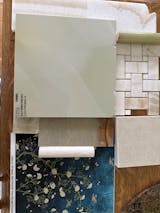Rojo Alicante & Bianco Dolomite Marble 3" x 12" Picket Mosaic – A Striking Fusion of Warmth and Elegance
Rich Spanish Red Meets Timeless White in a Bold Geometric Design
The Rojo Alicante & Bianco Dolomite Marble 3" x 12" Picket Mosaic is a stunning combination of deep red Spanish marble and crisp white dolomite, creating a warm yet sophisticated contrast. This premium natural stone mosaic blends Mediterranean vibrancy with timeless elegance, making it a perfect choice for kitchen backsplashes, luxurious bathrooms, feature walls, and decorative borders.
The elongated picket pattern adds architectural movement and modern geometry, giving interiors a refined and stylish touch. Whether incorporated into classic or contemporary designs, this polished marble mosaic ensures a high-end, designer-inspired finish.
Premium Natural Stone Composition
✔️ Rojo Alicante Marble – A deep, fiery red marble with soft white veining, sourced from Spain, adding warmth and richness to any space.
✔️ Bianco Dolomite Marble – A bright white dolomite marble with subtle gray undertones, offering elegance and balance.
✔️ Polished Finish – Highlights the natural color contrast and veining while creating a luxurious, glossy surface.
Each hand-selected tile showcases unique natural variations, ensuring an authentic and high-end look in every installation.
Size & Format
✔️ 3" x 12" Picket Shape – A modern yet timeless geometric layout that enhances depth and movement.
✔️ Polished Surface – Enhances the natural beauty of the marble while reflecting light beautifully.
✔️ Mesh-backed for Easy Installation – Provides precise alignment for a seamless, professional finish.
The elongated picket pattern is a sophisticated alternative to subway tiles, bringing refinement and artistry to interior spaces.
Perfect for Various Applications
✔️ Kitchen Backsplashes – Adds a warm yet luxurious contrast to countertops and cabinetry.
✔️ Bathroom & Shower Walls – Elevates bathrooms with a unique blend of bold color and timeless elegance.
✔️ Feature Walls & Entryways – Creates a striking focal point in sophisticated spaces.
✔️ Decorative Borders & Trim – Enhances floors and walls with a refined, high-end detail.
This versatile red-and-white marble mosaic complements neutral tones, gold accents, and contemporary furnishings, making it an exquisite choice for high-end interiors.
Aesthetic Appeal & Design Flexibility
✔️ Warm Red & Crisp White Contrast – A dynamic yet balanced color combination.
✔️ Luxury Architectural Accent – The elongated picket format creates depth and movement.
✔️ Pairs Beautifully with Other Natural Stones – Complements Carrara, Calacatta Gold, and Nero Marquina Marble for an elevated contrast.
From Mediterranean-inspired spaces to modern minimalist interiors, this Rojo Alicante & Bianco Dolomite picket mosaic enhances any setting with warmth, vibrancy, and timeless elegance.
Durability & Easy Maintenance
✔️ 100% Natural Marble – A premium, long-lasting natural stone.
✔️ Polished Finish – Provides a smooth, easy-to-clean surface.
✔️ Sealing Recommended – Protects against moisture, stains, and daily wear.
With proper care and sealing, this stunning picket mosaic maintains its luxurious appeal for years.
Why Choose Rojo Alicante & Bianco Dolomite Picket Mosaic?
✔️ Authentic Spanish & Italian Marble – A unique and luxurious stone combination.
✔️ Versatile & High-End Design – Ideal for modern and classic interiors.
✔️ Premium Quality & Timeless Durability – A statement piece in natural stone elegance.
Upgrade your space with the Rojo Alicante & Bianco Dolomite Marble 3" x 12" Picket Mosaic, where Mediterranean warmth meets contemporary refinement, delivering a bold and sophisticated design statement.
Product Size : Rojo Alicante & Bianco Dolomite Marble 3" X 12" Picket Mosaic
Product Thickness : 3/8"
Product Coverage : (sq.ft./pcs) 0.75 sqft / 3 pcs
Material : Marble
Color : Gray , Blue , White
Finish : Polished / Honed
Edge : Straight
Origin : Raw Material from Italy Hand Made in CA
All Size-Dimensions Are Nominal
Our custom mosaics are handcrafted, which may result in slight imperfections. These variations are a natural part of the artisanal process and add to the uniqueness of each piece. Once installed and grouted, these minor inconsistencies will blend seamlessly, ensuring a flawless and cohesive finish.
Material Inspection and Installation Guidelines
Material Inspection
Before installation, carefully inspect all goods for any damage or defects such as chipped edges or broken pieces. Natural stone surfaces, including marble and travertine, will have naturally occurring variations in color, pattern, texture, and veining that may differ from what was pictured. No adjustments or services can be provided once installation has begun.
Substrate Preparation
To ensure a proper installation, follow these substrate guidelines:
• Surface Condition: The substrate must be clean, flat, and free of contaminants, including curing compounds. It should also be free of cracks.
• Waterproofing: In wet areas, waterproof the substrate following the manufacturer's recommendation for a waterproofing and crack prevention membrane compatible with your setting material.
• Expansion Joints: Install expansion joints at all changes in plane in the tile work and where tile abuts restraining surfaces. Use silicone caulking sealant instead of grout in all corner joints.
Installation
Dry-Fitting
• Pattern Planning: Dry-fit your pattern before starting installation. Visualize the installation and plan the placement of pieces, especially with tiles that have a lot of variation.
Mortar Application
• Thin-Set Mortar: Use white thin-set mortar to avoid affecting the tile color. For faster installation, use a rapid curing thin-set mortar.
• Application:
◦ Apply adhesive to an area that can be covered within 10-15 minutes.
◦ Grout joints should be a minimum of 1/16” and not butt set.
◦ Smooth down the ridges using the flat side of the trowel before fixing the tiles in the mortar bed.
◦ For our ceramic material, use a 3/16" or 1/4" square notch trowel. For other tiles, a 9" trowel with a 1/8" square notch is recommended.
Grouting
• Non-Sanded Grout: Use non-sanded grout for ceramic tiles to prevent scratching. Test a small area before grouting to ensure the stone surface does not scratch.
• Packing Grout Joints: Pack grout joints fully, avoiding pits or voids. Clean excess grout as you work, and do not let it harden completely.
• Cleaning: Never use acids to clean grout haze. Use a damp sponge for final cleaning and smoothing grout joints.
• Grout Release: Apply grout release before grouting to facilitate cleaning and protect against staining from contrasting color grouts.
Cutting
• Tools: Use a wet-saw with a new, continuous rim diamond blade designed for cutting ceramic tile for the best results.
Cleaning
General Cleaning
• Porcelain Tile: Clean with a damp sponge mop and a solution of 1/4 cup white vinegar to every 2 gallons of water. Sweep or vacuum regularly.
Unpolished Surfaces
• Sweeping: Use a soft-bristle broom and sweep in two directions: along the grain and diagonally to dislodge dust and debris.
• Cleaning Solution: Saturate the tile with a neutral cleaning solution like vinegar and hot water, let it sit for 5–10 minutes, then scrub with a brush using the two-direction method.
• Rinsing: Rinse with clean water to remove the cleaning solution.
High Traffic Areas
• Clean at least once per day and wet mop regularly.
Reminders
• Avoid Certain Cleaners: Do not use ammonia, bleach, or acid-based cleaners, as they may alter grout color. Avoid wax, oil-based, abrasive cleaners, sealants, and agents with dyes or colors.
• Steel Wool: Do not use steel wool pads, as leftover particles may rust.
• Entrance Rugs: Place rugs at entrances to minimize dirt and grit from being tracked onto the tile flooring from outdoors.
By following these guidelines, you will ensure the successful and lasting installation of your natural stone surfaces.
The Waste Factor
How Much Do I Need to Order?
The best practice is to order at least 10-30% more than your project requirements to account for potential issues, waste due to cutting material, and other potential breakage during installation.
When installing natural stone, understanding the waste factor is crucial. The waste factor refers to the amount of stone that will be cut, trimmed, or otherwise discarded during the installation process. The waste factor varies depending on how tightly the stones are fitted; tighter joints require more trimming and thus produce more waste.
Waste Factor Considerations
• Project Size: Larger projects might have a slightly lower percentage of waste due to more efficient use of materials.
• Joint Tightness: Tighter joints increase the waste factor due to more precise trimming.
• Stone Variations: Natural stones have variations in color and texture, necessitating extra materials to ensure consistency across the installation.
Example Calculation
For a project area of 1,000 square feet with an expected waste factor of 10% to 30%, you would need to purchase between 1,100 and 1,300 square feet of stone.
Tips for Managing Waste
1. Mock-Up: Create a small mock-up to better estimate your specific waste factor before ordering materials.
2. Order Extra: Always order extra materials for future repairs or additions, as natural stone batches can vary.
3. Efficient Cutting: Plan cuts carefully to minimize waste and use off-cuts in less visible areas.
By accurately calculating the waste factor and ordering extra material, you can ensure a smoother installation process and a consistent appearance of your natural stone veneer.
Installation Tips
Installing natural stone flooring can be a rewarding project, giving your home a luxurious and timeless look. Here's a step-by-step guide to help you through the process:
Materials and Tools Needed:
• Natural stone tiles (marble, granite, slate, etc.)
• Tile adhesive (thin-set mortar)
• Grout
• Tile spacers
• Notched trowel
• Level
• Tape measure
• Tile cutter or wet saw
• Rubber mallet
• Sponge and bucket
• Grout float
• Sealer (specific to your type of stone)
• Safety equipment (gloves, goggles, knee pads)
Step-by-Step Guide:
1. Preparation:
• Measure the Area: Calculate the square footage of the area where you plan to install the tiles.
• Prepare the Subfloor: Ensure that the subfloor is clean, dry, and level. If necessary, apply a self-leveling compound.
• Acclimate the Tiles: Let the stone tiles sit in the installation area for a couple of days to acclimate to the room temperature and humidity.
2. Layout Planning:
• Dry Lay the Tiles: Lay out the tiles without adhesive to plan the pattern and placement. Start from the center and work your way out to ensure an even layout.
• Mark Guidelines: Use a chalk line to mark the center of the room and create reference lines for laying the tiles.
3. Applying Adhesive:
• Mix the Thin-set Mortar: Follow the manufacturer's instructions to mix the mortar.
• Spread the Mortar: Using the notched trowel, spread the thin-set mortar on a small section of the subfloor. Hold the trowel at a 45-degree angle to create ridges in the mortar.
4. Laying the Tiles:
• Place the Tiles: Press the tiles into the mortar, twisting them slightly to ensure a good bond. Use tile spacers to maintain consistent gaps between the tiles.
• Check for Level: Regularly check that the tiles are level and adjust as necessary using the rubber mallet.
5. Cutting Tiles:
• Measure and Mark: Measure the tiles that need to be cut to fit along the edges and mark them.
• Cut the Tiles: Use a tile cutter or wet saw to cut the tiles to the required size.
6. Grouting:
• Allow Adhesive to Cure: Let the adhesive dry for at least 24 hours or as recommended by the manufacturer.
• Mix the Grout: Mix the grout according to the instructions.
• Apply the Grout: Using a grout float, apply the grout diagonally across the tiles to fill the gaps. Remove excess grout with the float.
• Clean the Tiles: Use a damp sponge to wipe off excess grout from the tile surfaces. Rinse the sponge frequently and be careful not to remove grout from the joints.
7. Sealing:
• Allow Grout to Cure: Let the grout cure for the recommended time, usually 48-72 hours.
• Seal the Tiles: Apply a stone sealer to protect the tiles from stains and moisture. Follow the manufacturer's instructions for application and curing times.
8. Final Touches:
• Clean the Floor: After the sealer has dried, give the floor a final cleaning to remove any residue.
• Inspect the Installation: Check the tiles and grout lines for any imperfections and make any necessary repairs.
Tips:
• Always wear safety equipment when cutting tiles.
• Follow the manufacturer's instructions for all materials used.
• Work in small sections to prevent the adhesive from drying out before the tiles are laid.
• Regularly clean your tools to prevent the mortar and grout from hardening on them.
This guide should help you install natural stone flooring successfully. If you have any specific questions or encounter any issues during the installation, feel free to ask!
California Proposition 65
WARNING: Products sold at Surfaces Galore contain chemicals, including stone dust, which are known to the State of California to cause cancer, birth defects or other reproductive harm.
Disclaimer: Surfaces Galore provides information to give customers an overview of the process from choosing to installation of our natural stone surfaces. However, we are not responsible for any mistakes, problems, or issues that may arise. All responsibility for the selection, installation, and any associated outcomes rests solely with the customers.
 Best Selling Marble Collections
Best Selling Marble Collections
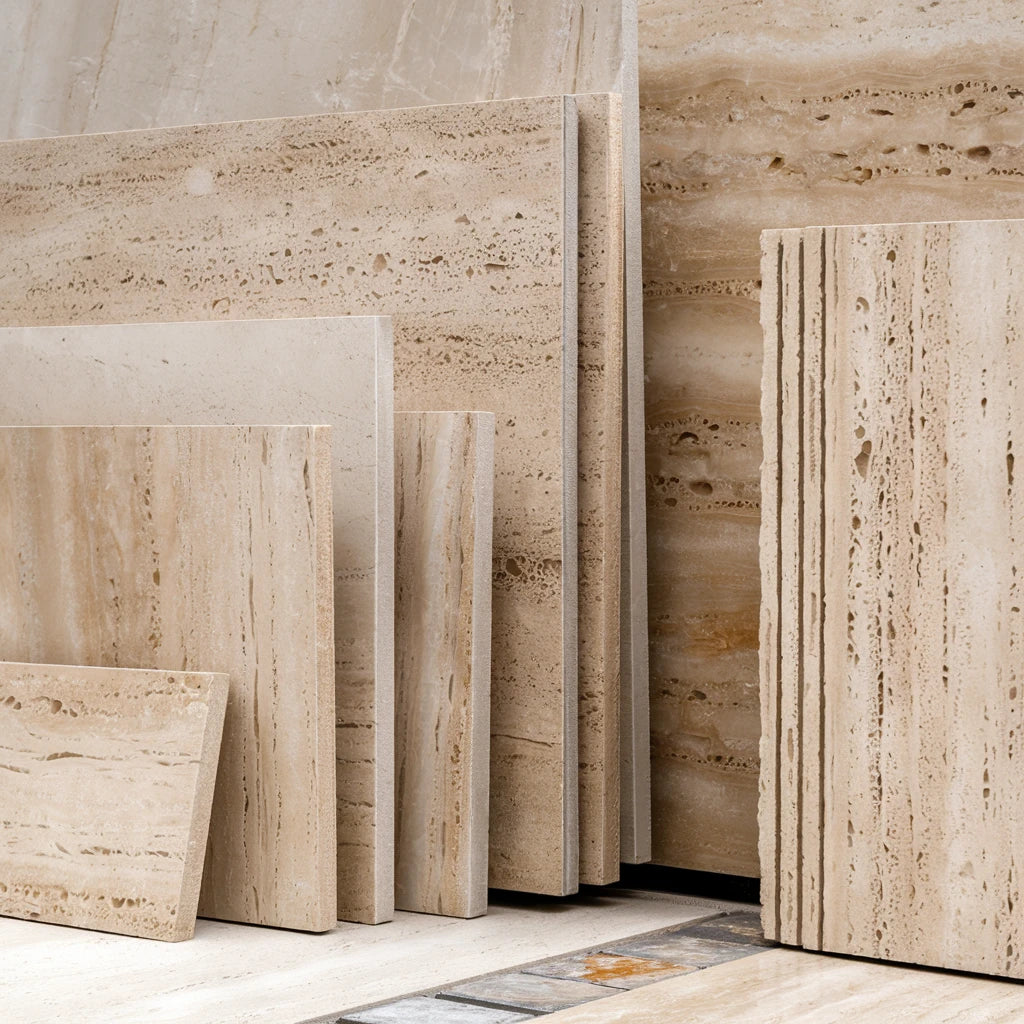 Best Selling Travertine Collections
Best Selling Travertine Collections
 Checkerboard
Checkerboard
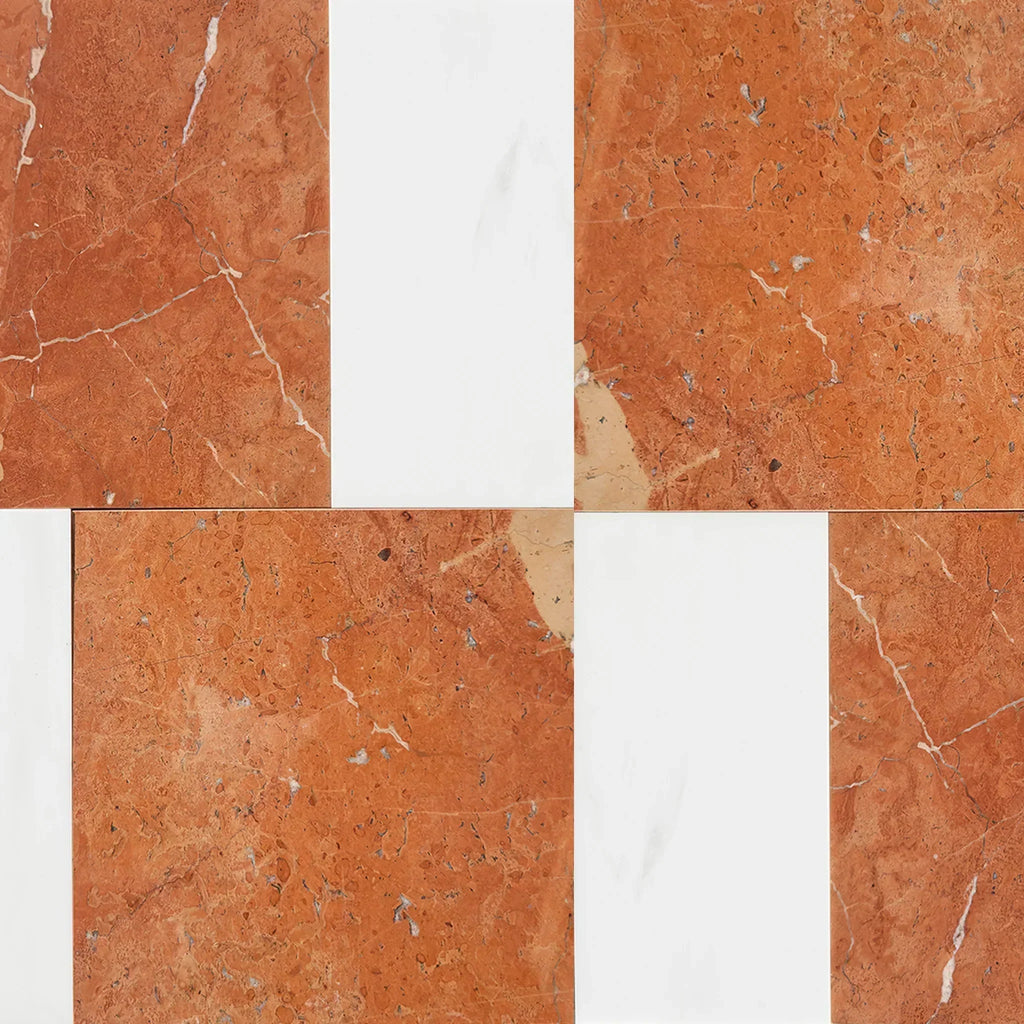 Patterned Tile
Patterned Tile
 Shop By Material
Shop By Material
 Shop By Name
Shop By Name
 Absolute Black Granite
Absolute Black Granite
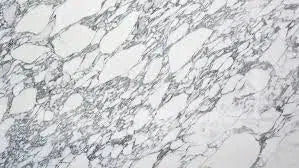 Arabescato (Italian) Marble
Arabescato (Italian) Marble
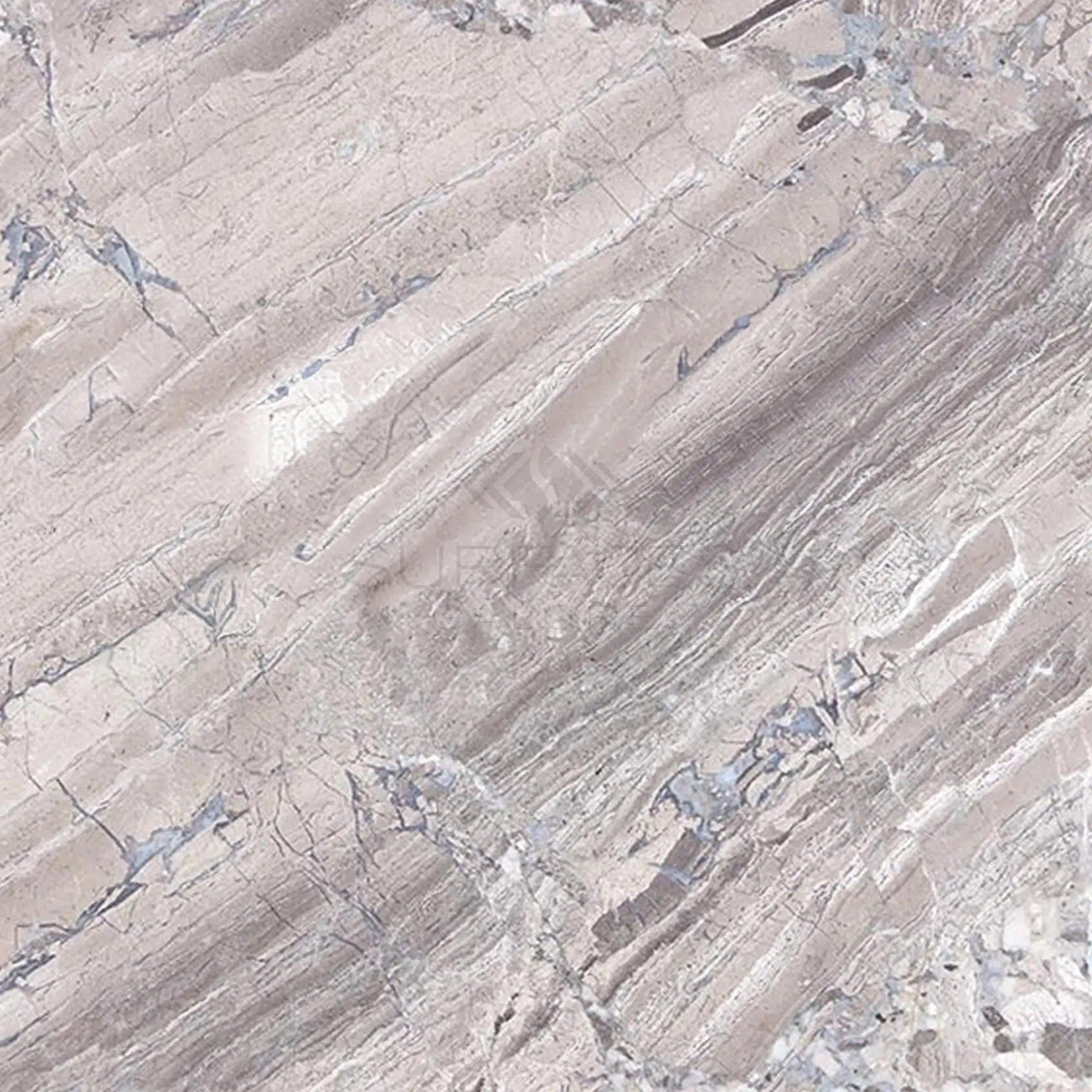 Atlantic Gray Marble
Atlantic Gray Marble
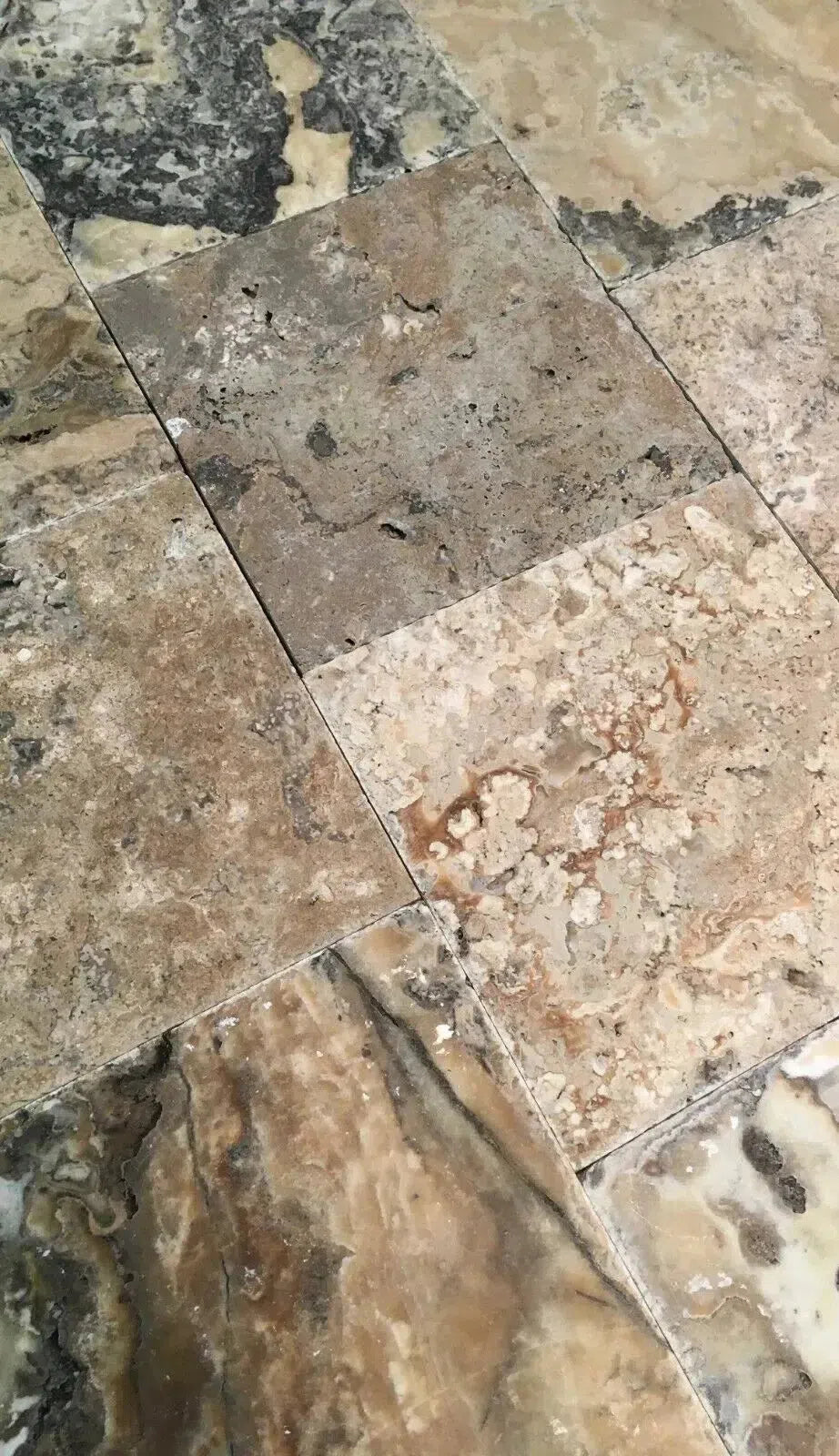 Antico Onyx Travertine
Antico Onyx Travertine
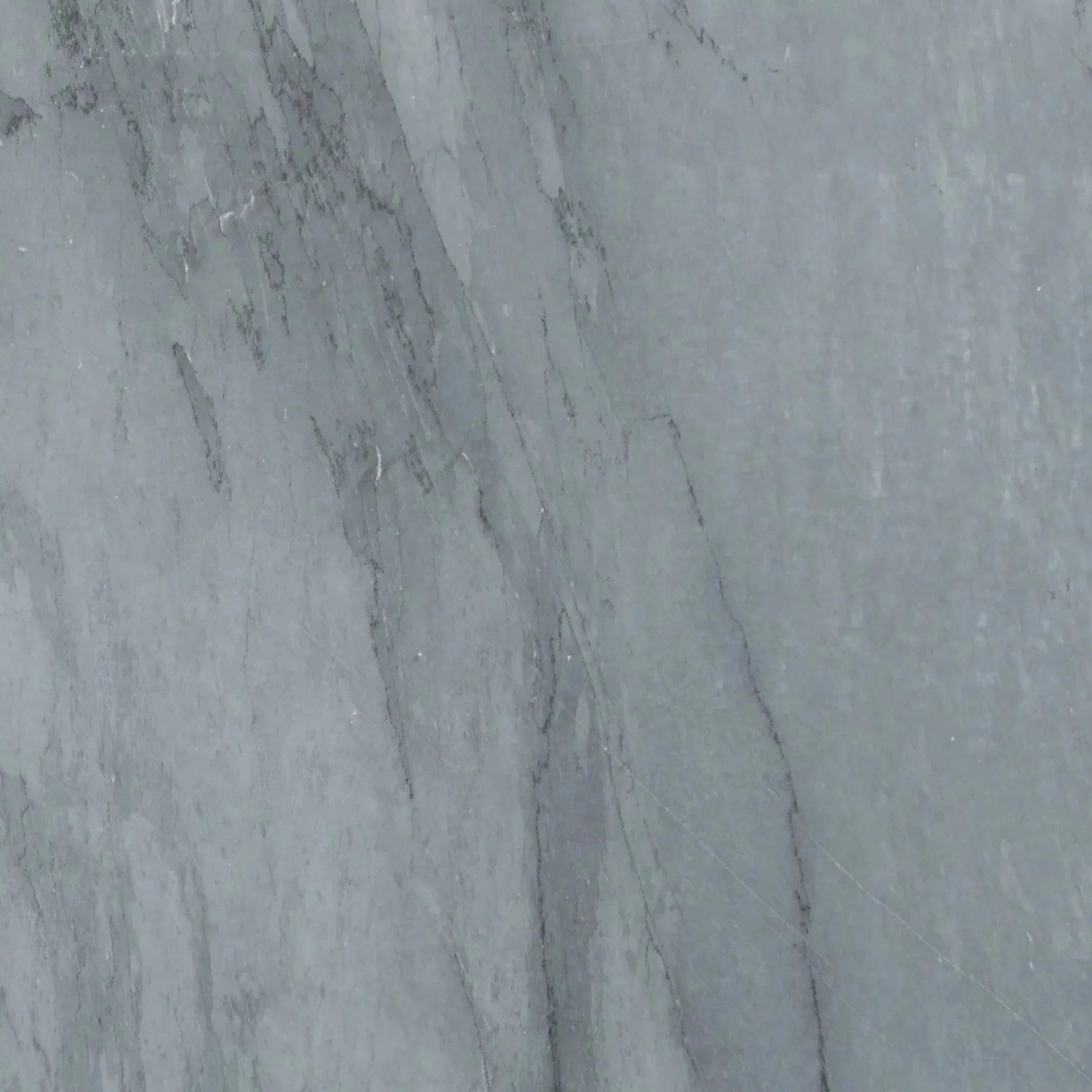 Bardiglio (Italian) Marble
Bardiglio (Italian) Marble
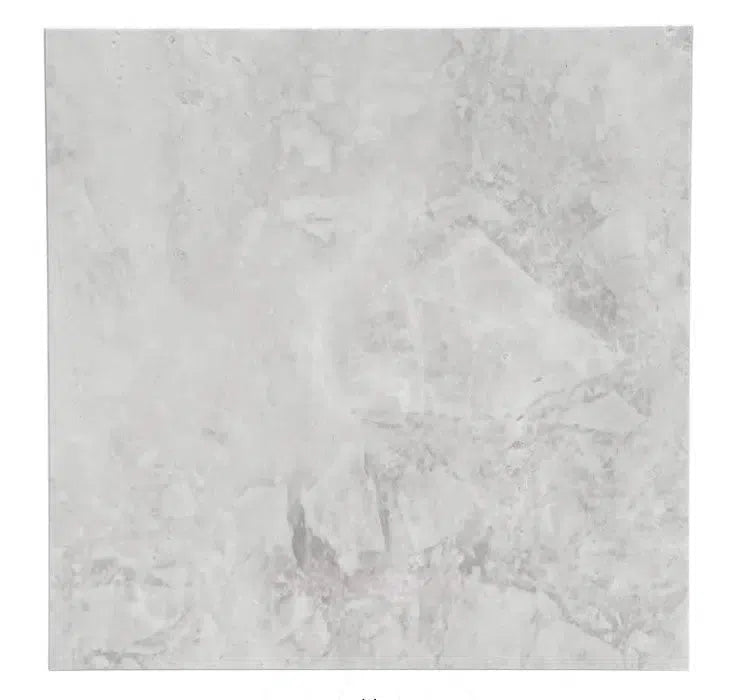 Bianco Congelato Dolomite
Bianco Congelato Dolomite
 Bianco Dolomite (White Dolomite) Marble
Bianco Dolomite (White Dolomite) Marble
 Bianco Venatino (Bianco Mare) Marble
Bianco Venatino (Bianco Mare) Marble
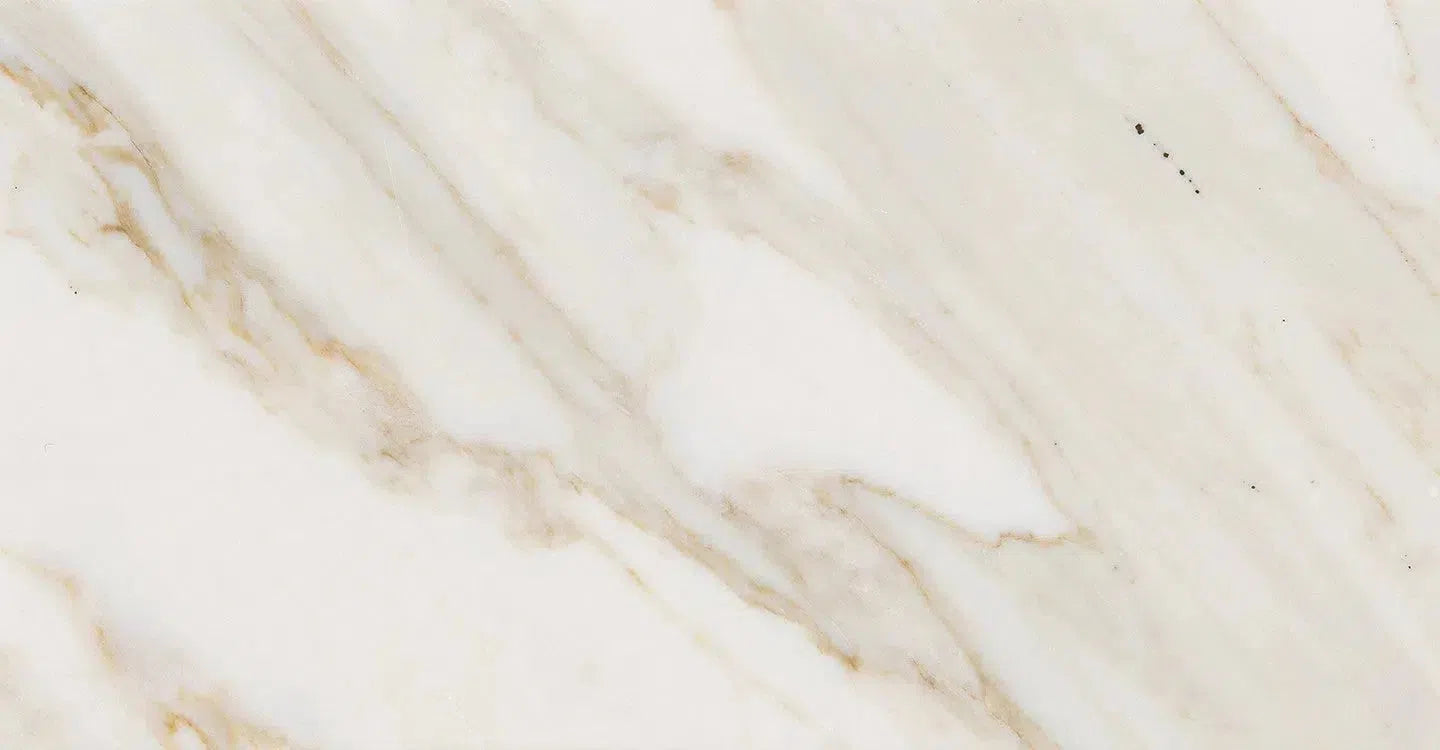 Calacatta Gold Marble
Calacatta Gold Marble
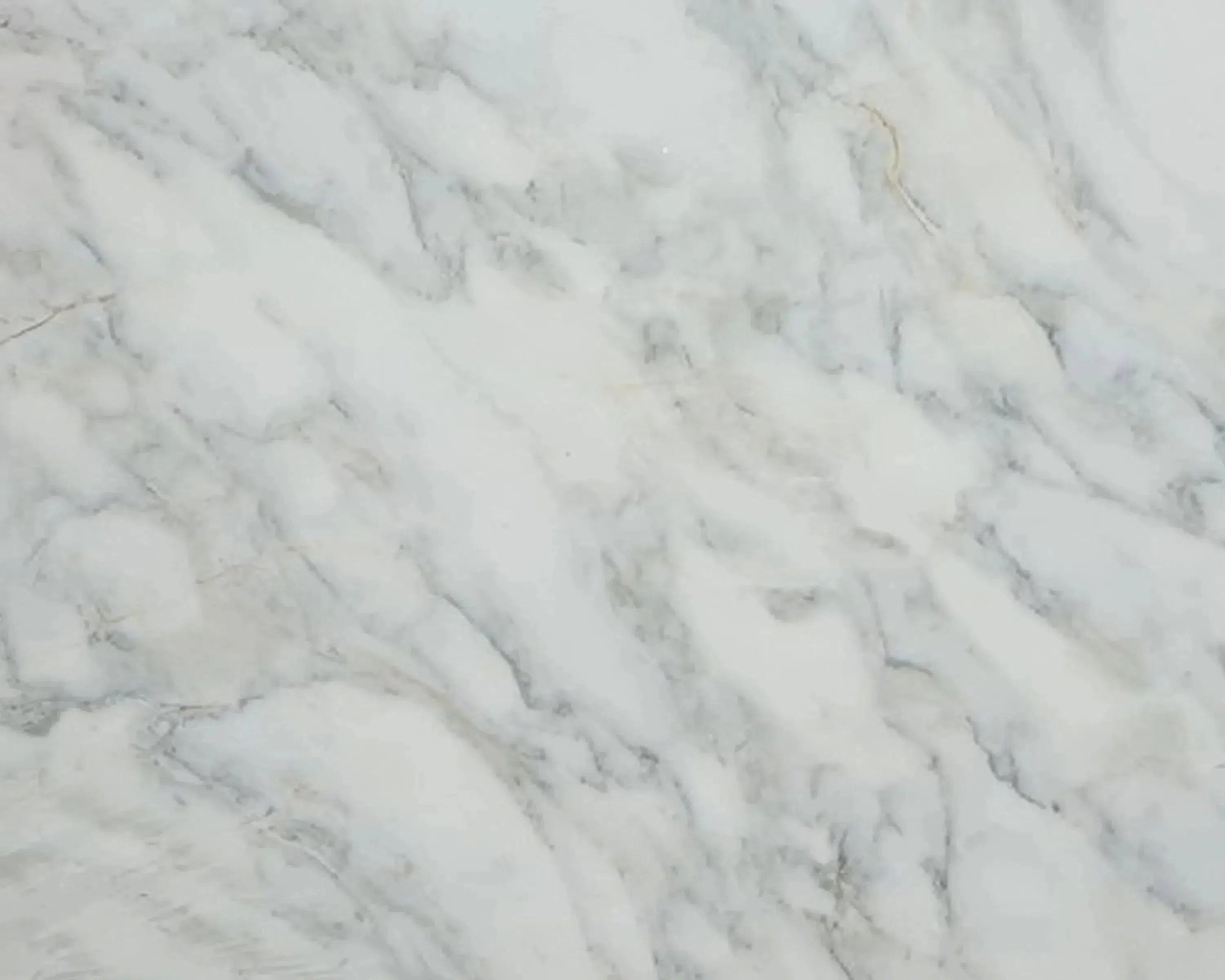 Calacatta Oliva Marble
Calacatta Oliva Marble
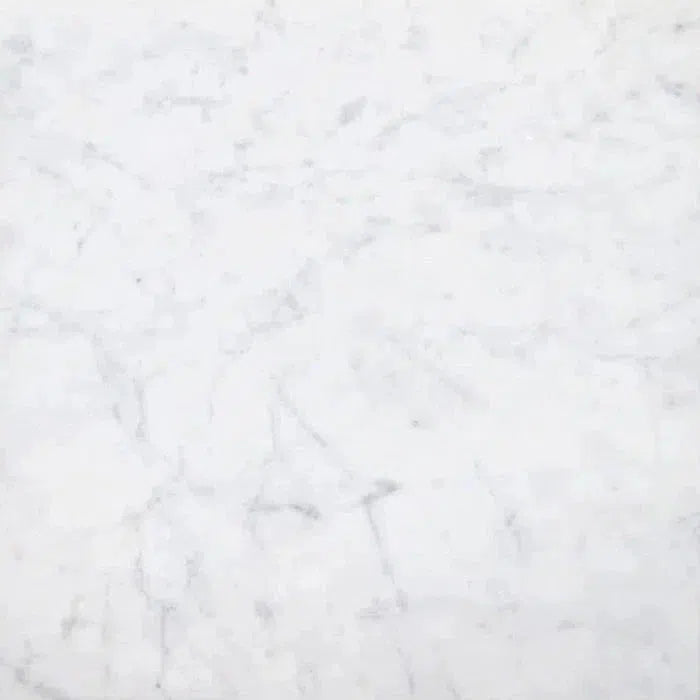 Carrara White Marble
Carrara White Marble
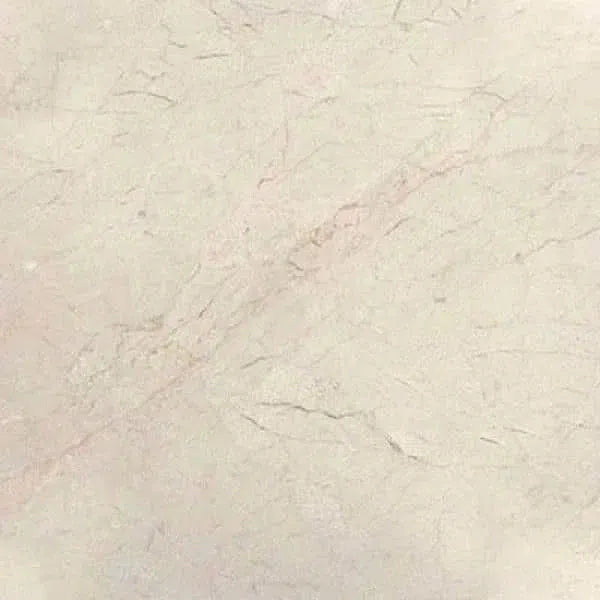 Crema Marfil Marble
Crema Marfil Marble
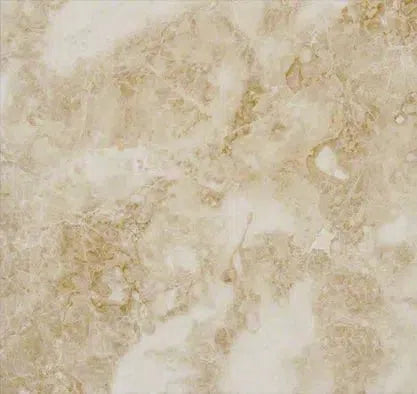 Cappuccino Marble
Cappuccino Marble
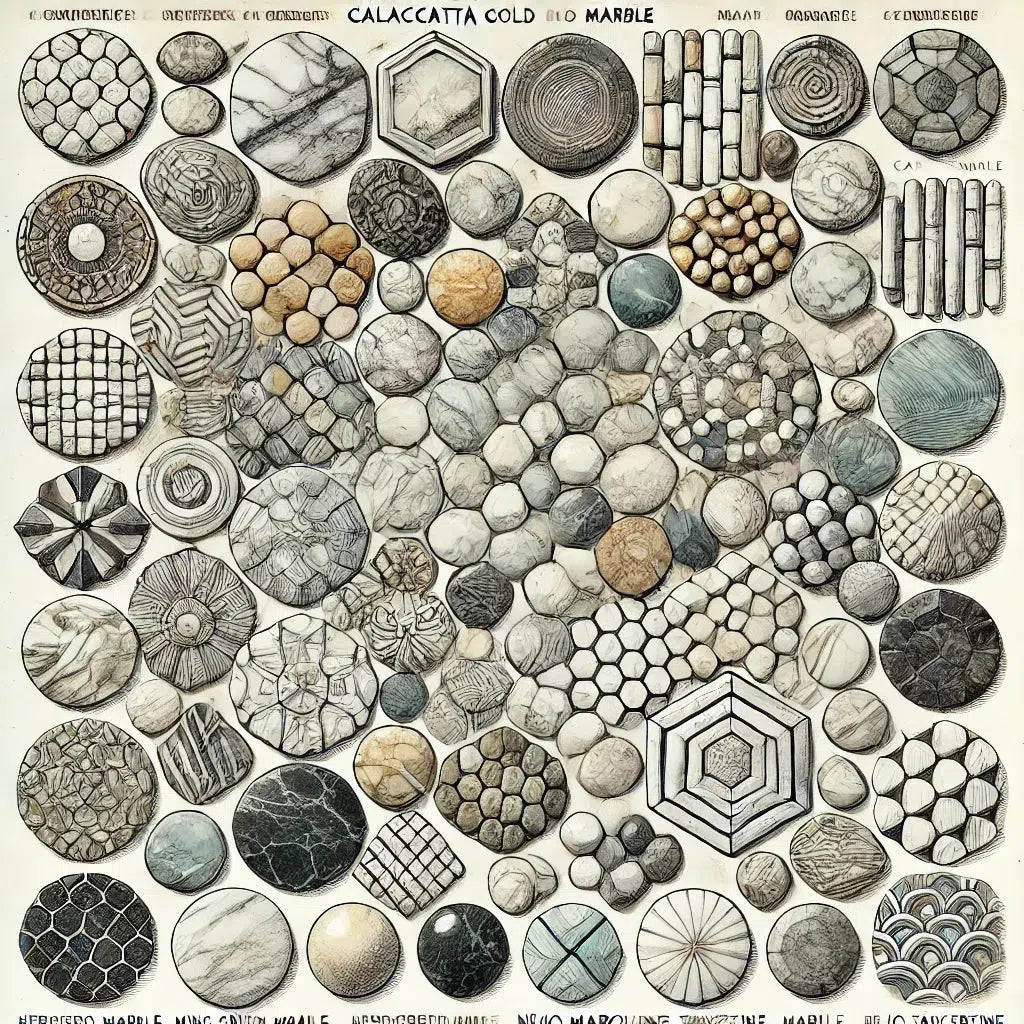 Custom-Made Mosaic
Custom-Made Mosaic
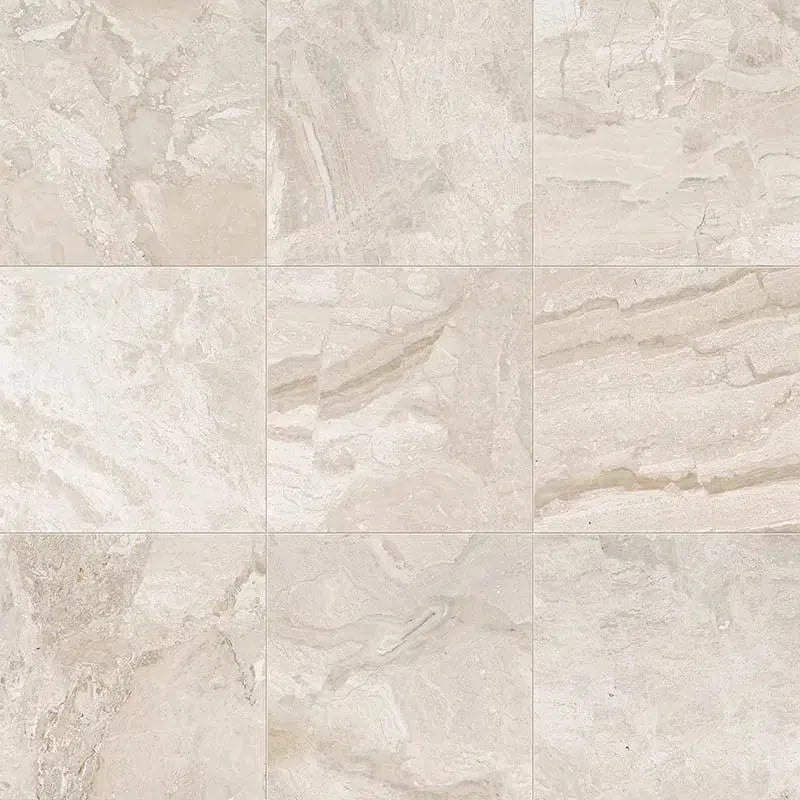 Diano Royal (Queen Beige) Marble
Diano Royal (Queen Beige) Marble
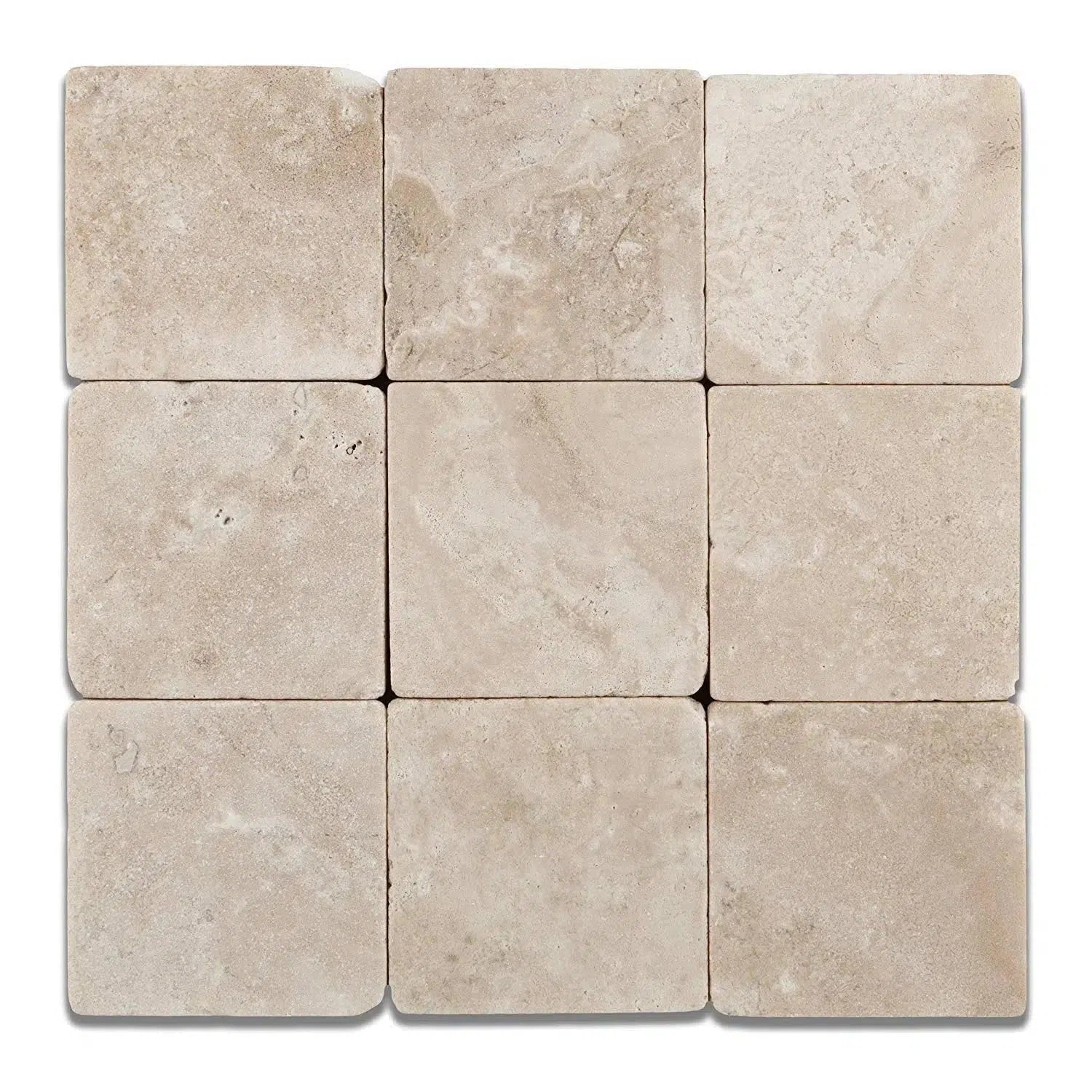 Durango Cream Traverine
Durango Cream Traverine
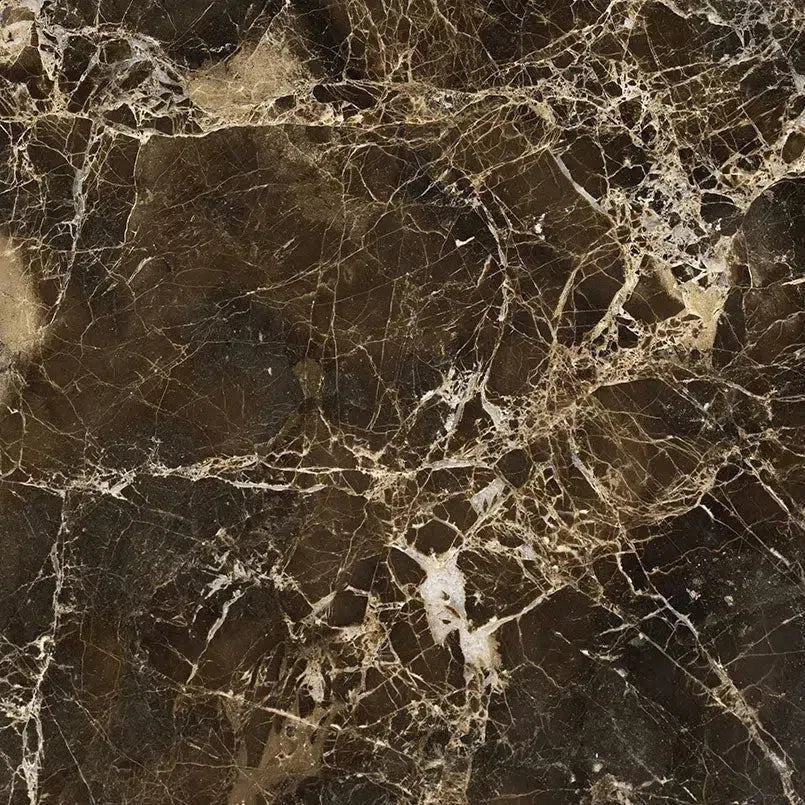 Emperador Dark Marble
Emperador Dark Marble
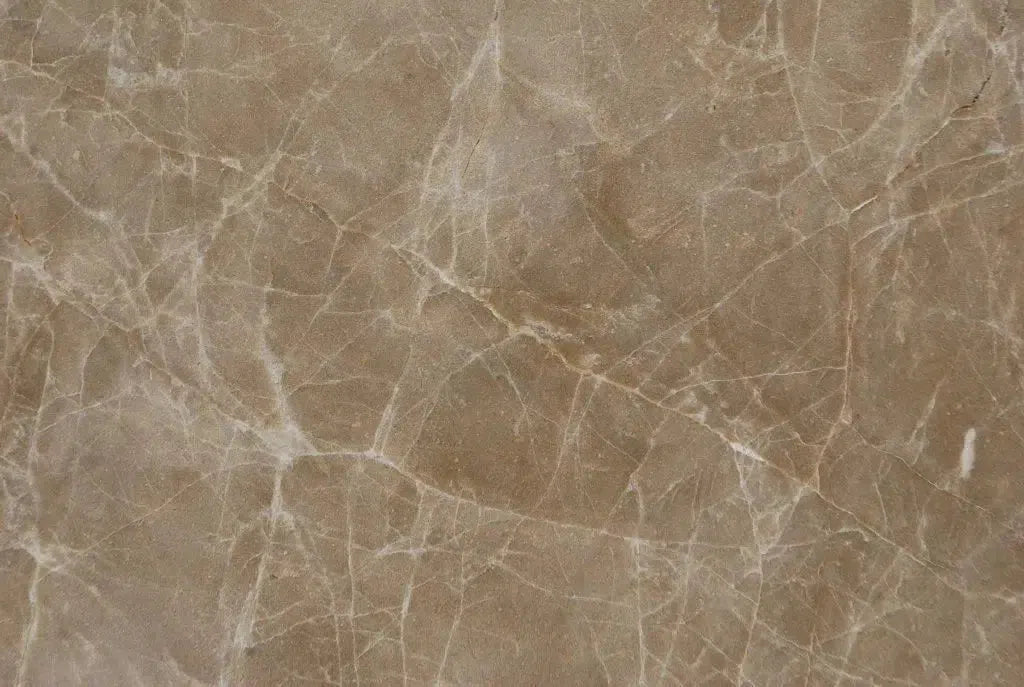 Emperador Light Marble
Emperador Light Marble
 Empress Green Marble
Empress Green Marble
 Exotic Vein-Cut Travertine
Exotic Vein-Cut Travertine
 Gold/Yellow Travertine
Gold/Yellow Travertine
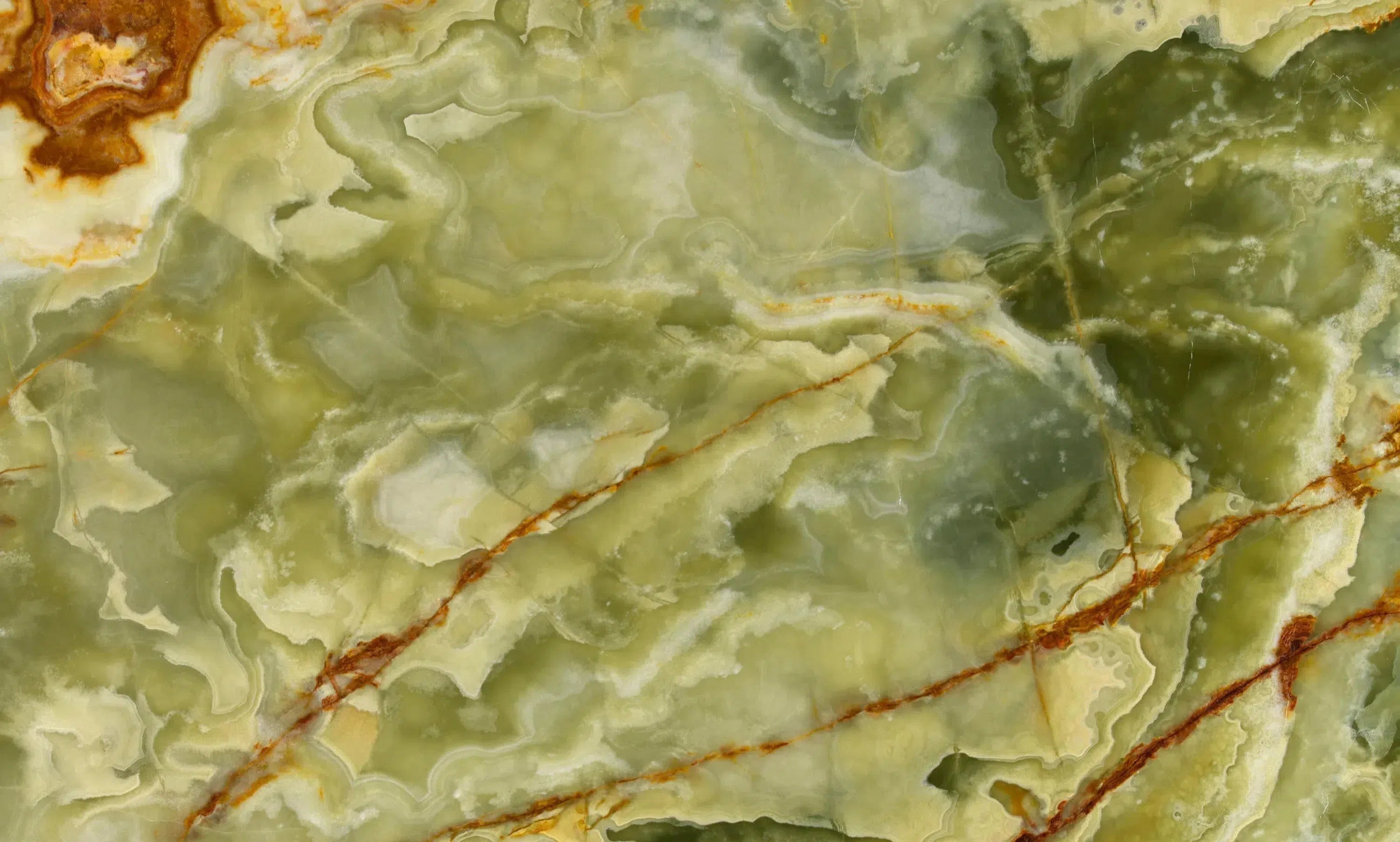 Green Onyx Marble
Green Onyx Marble
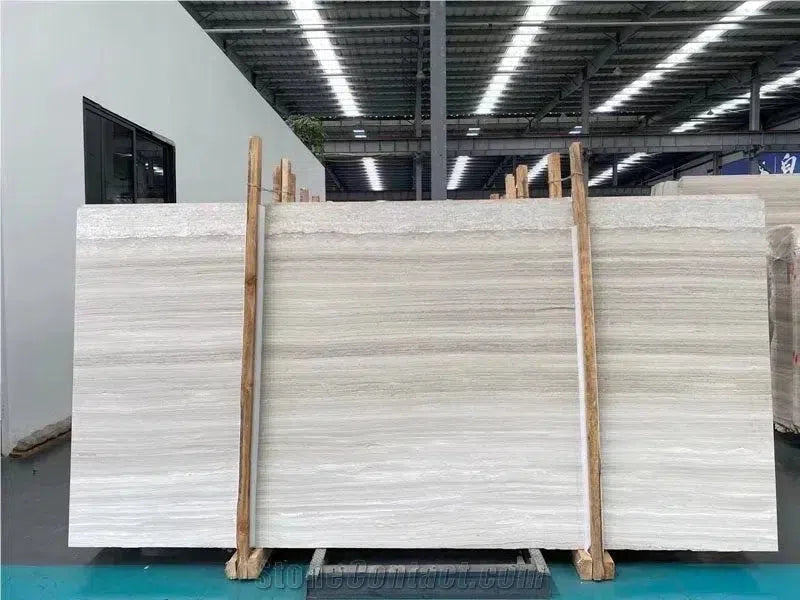 Haisa Light (White Wood) Limestone
Haisa Light (White Wood) Limestone
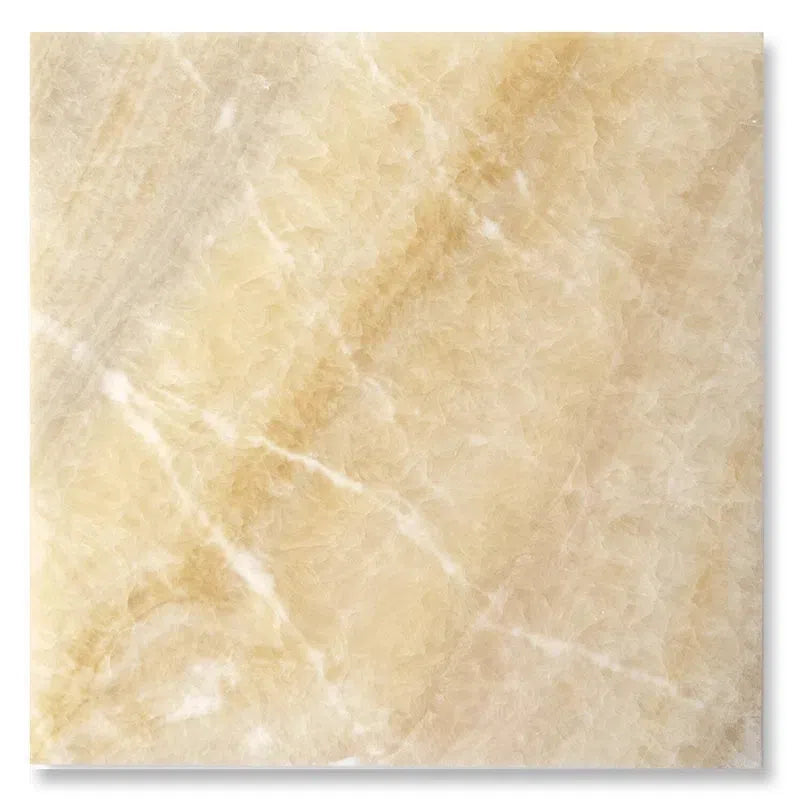 Honey Onyx Marble
Honey Onyx Marble
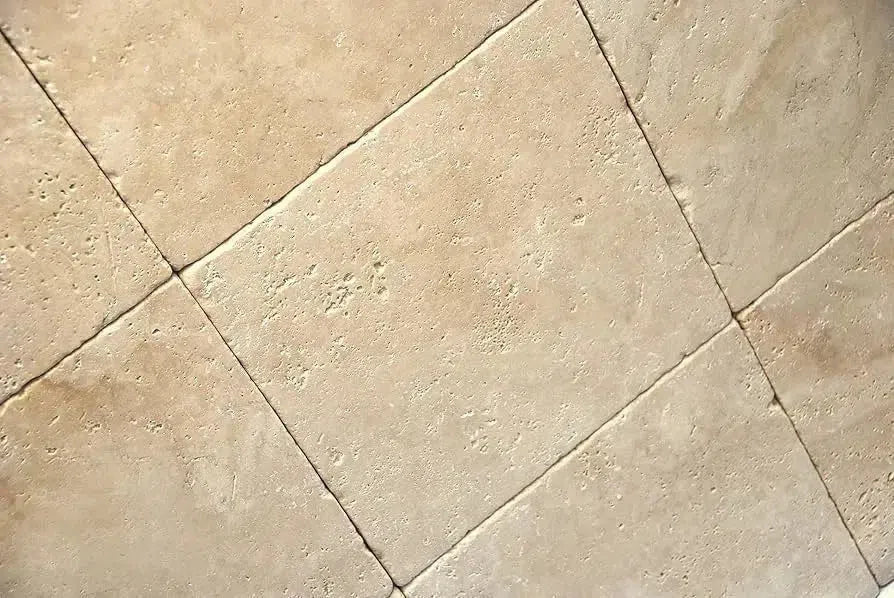 Ivory (Light) Travertine
Ivory (Light) Travertine
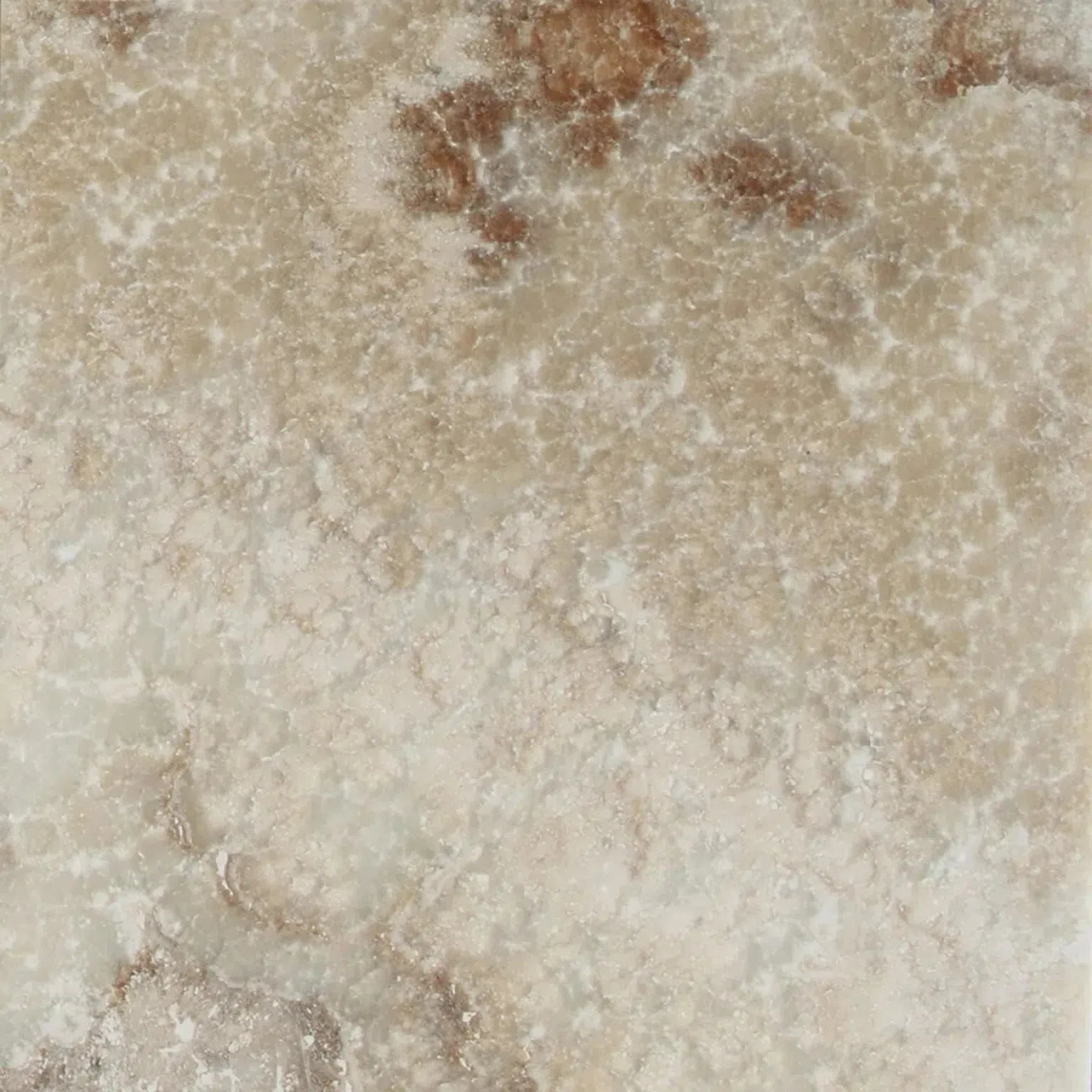 La Travonya Travertine
La Travonya Travertine
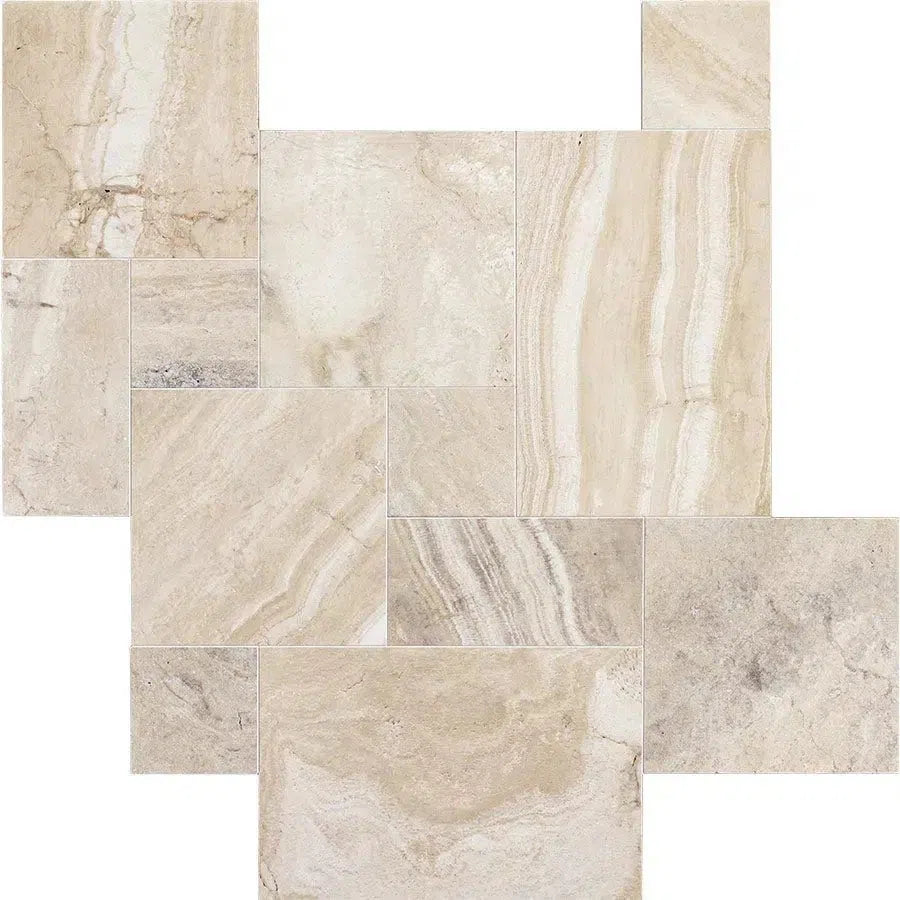 Malibu Travertine
Malibu Travertine
 Ming Green Marble
Ming Green Marble
 Mink (Equator) Marble
Mink (Equator) Marble
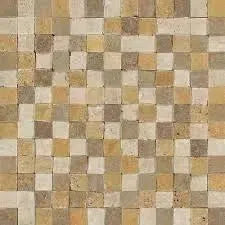 Mixed (Ivory-Noce-Gold) Travertine
Mixed (Ivory-Noce-Gold) Travertine
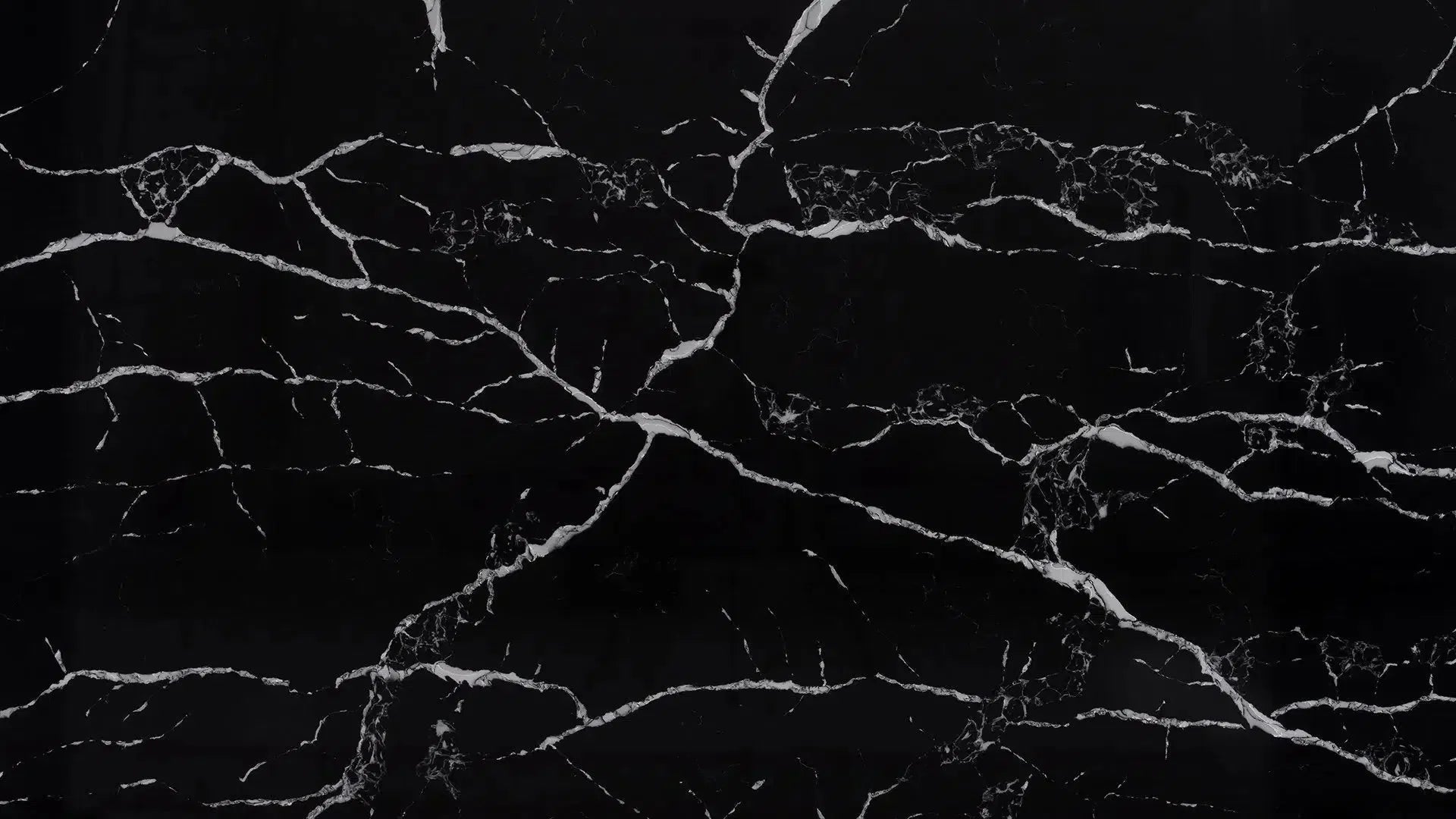 Nero Marquina/Black Marble
Nero Marquina/Black Marble
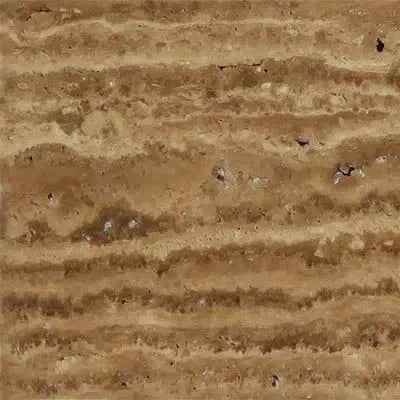 Noce Exotic (Vein Cut) Travertine
Noce Exotic (Vein Cut) Travertine
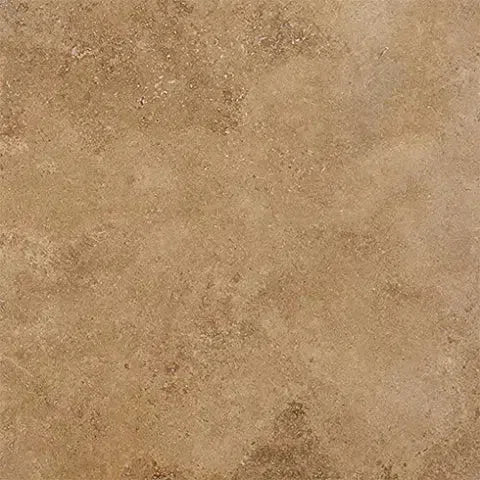 Noce Travertine
Noce Travertine
 Oriental White Marble
Oriental White Marble
 Pierre Bleue (Pierre Blue) Marble
Pierre Bleue (Pierre Blue) Marble
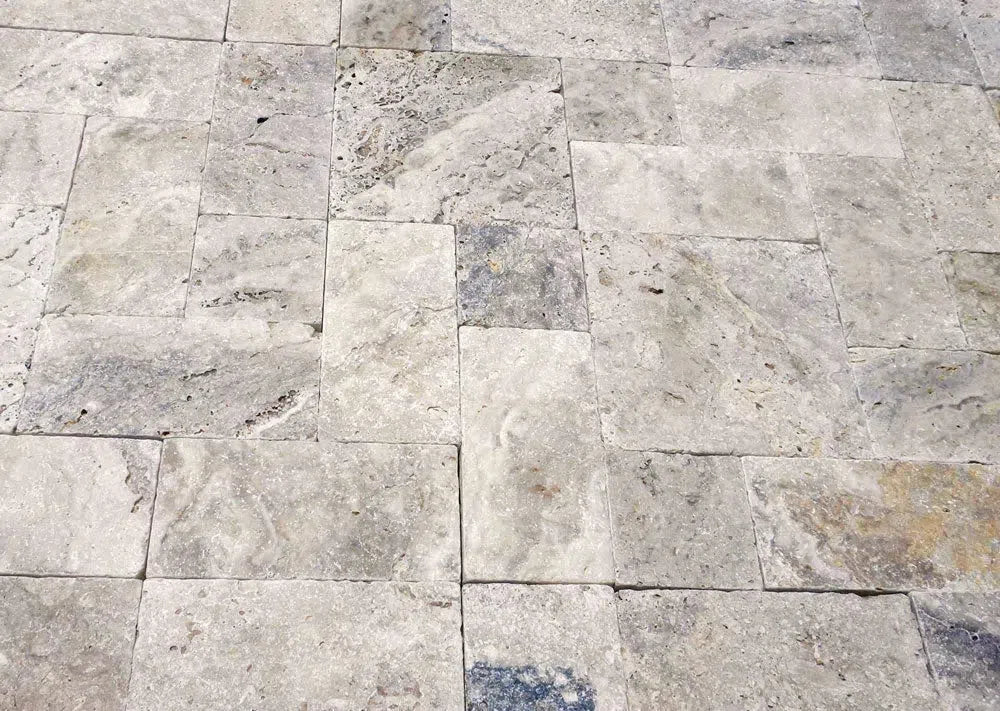 Philadelphia Travertine
Philadelphia Travertine
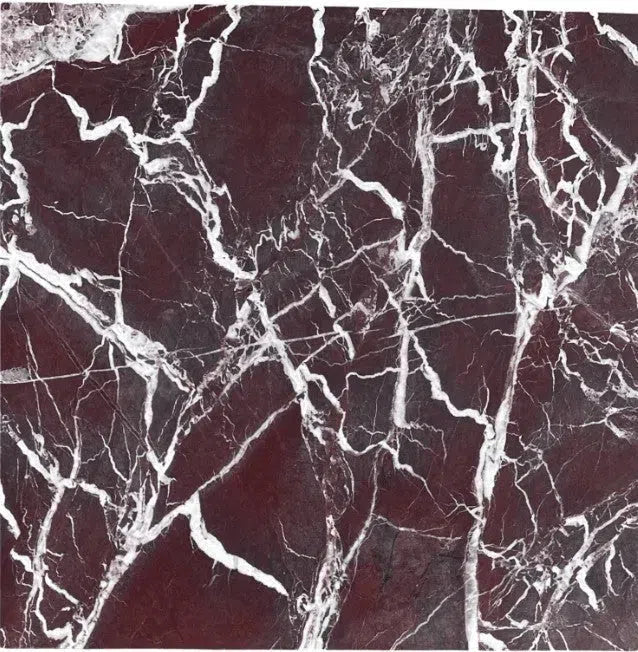 Rosso Levanto Marble
Rosso Levanto Marble
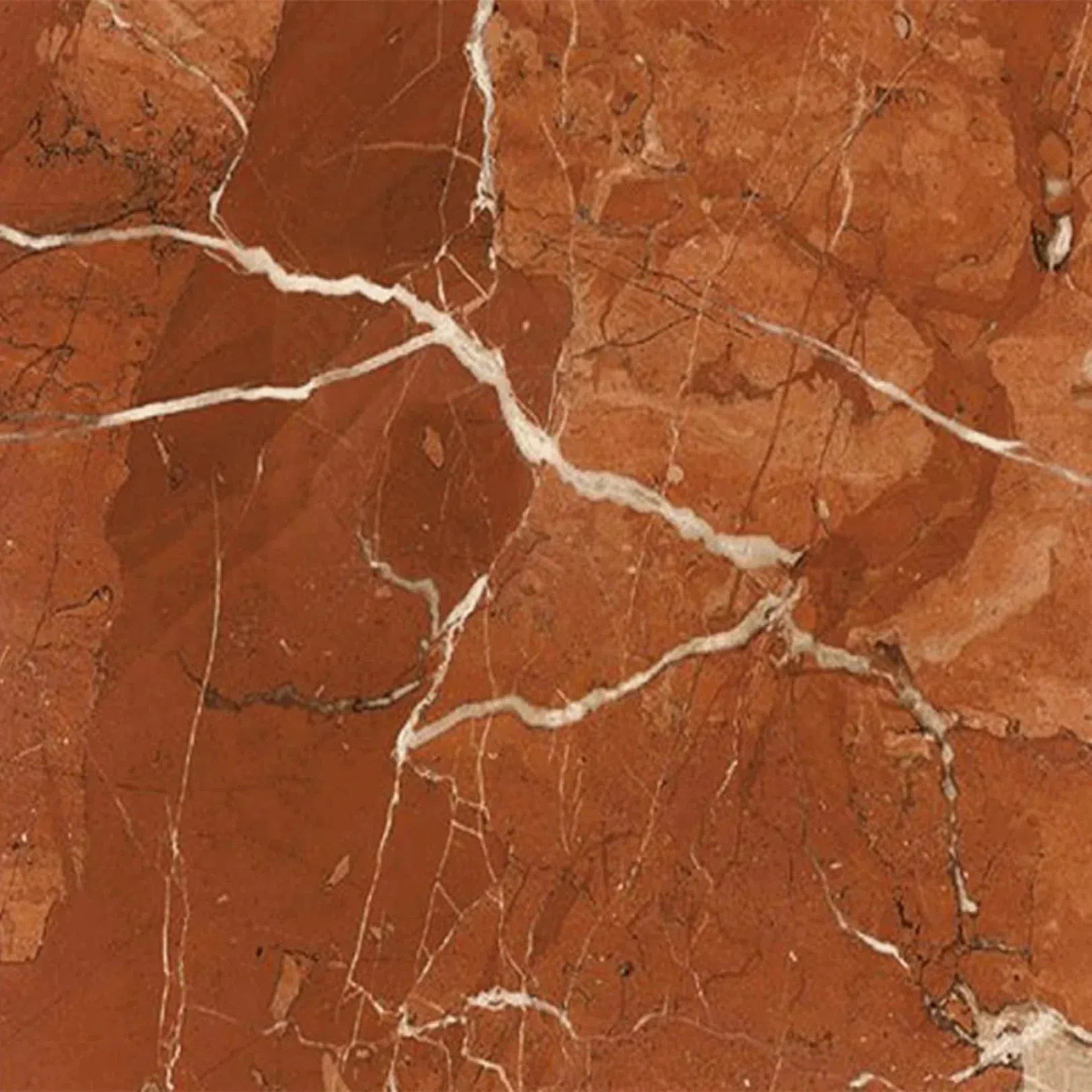 Rojo Alicante Marble
Rojo Alicante Marble
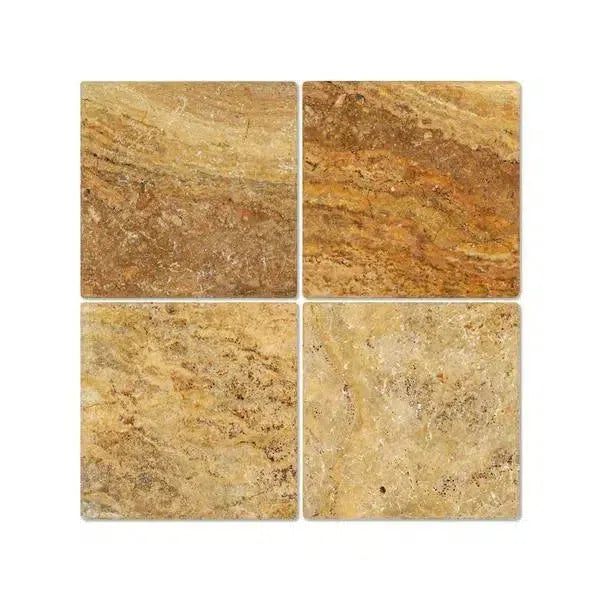 Scabos Travertine
Scabos Travertine
 Sky Blue | Azul Cielo Marble
Sky Blue | Azul Cielo Marble
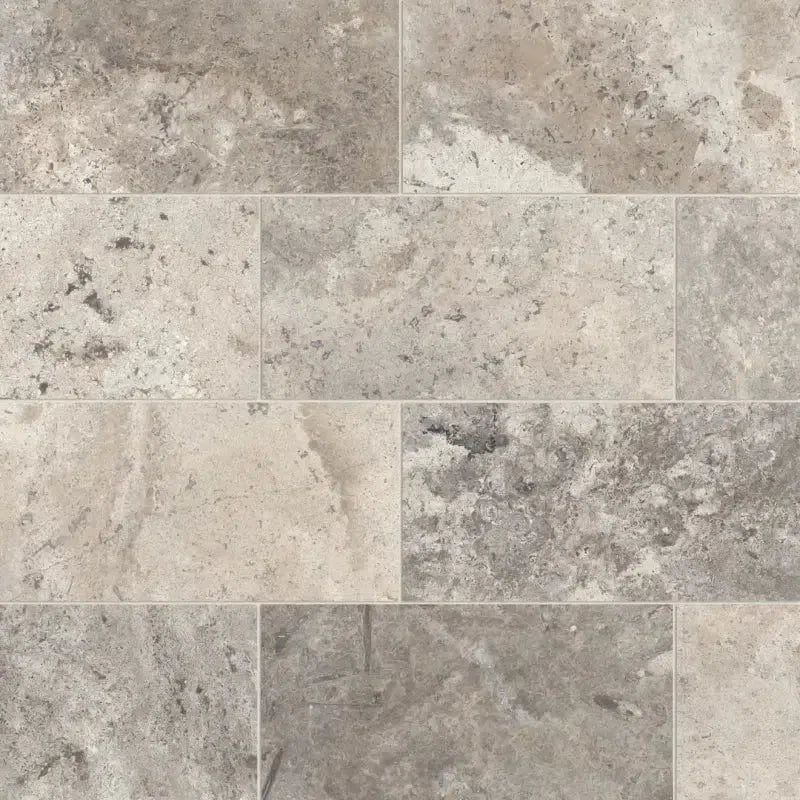 Silver Travertine
Silver Travertine
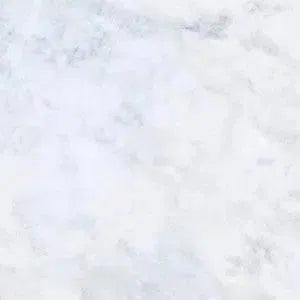 Snow White (Afyon White) Marble
Snow White (Afyon White) Marble
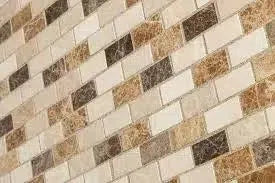 Spanish Mix Marble
Spanish Mix Marble
 Statuary - Statuario White (Italian) Marble
Statuary - Statuario White (Italian) Marble
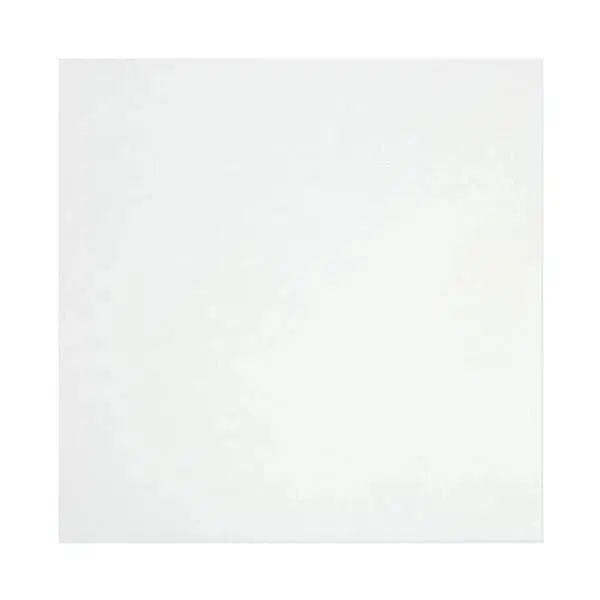 Thassos White (Greek) Marble
Thassos White (Greek) Marble
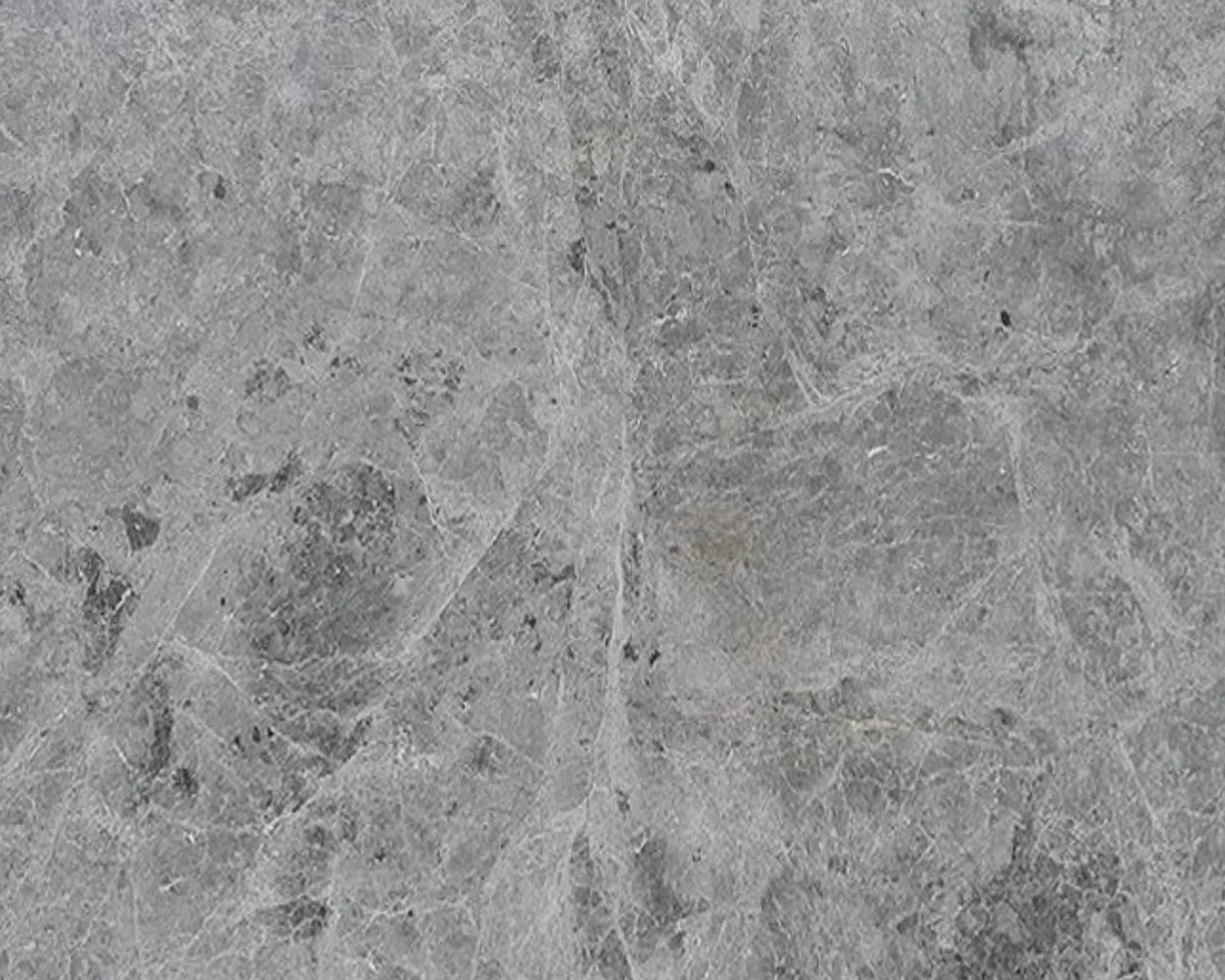 Tundra Gray (Atlantic Gray) Marble
Tundra Gray (Atlantic Gray) Marble
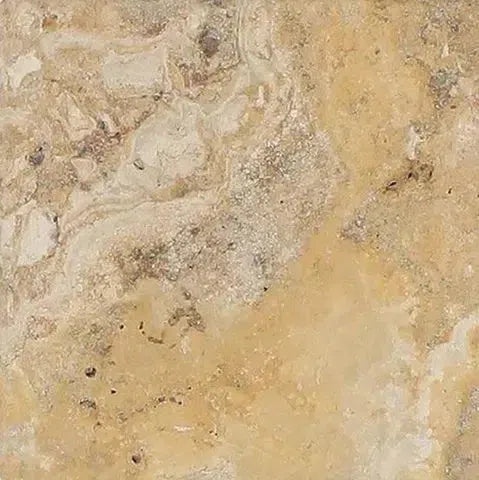 Valencia Travertine
Valencia Travertine
 Valerenga Travertine
Valerenga Travertine
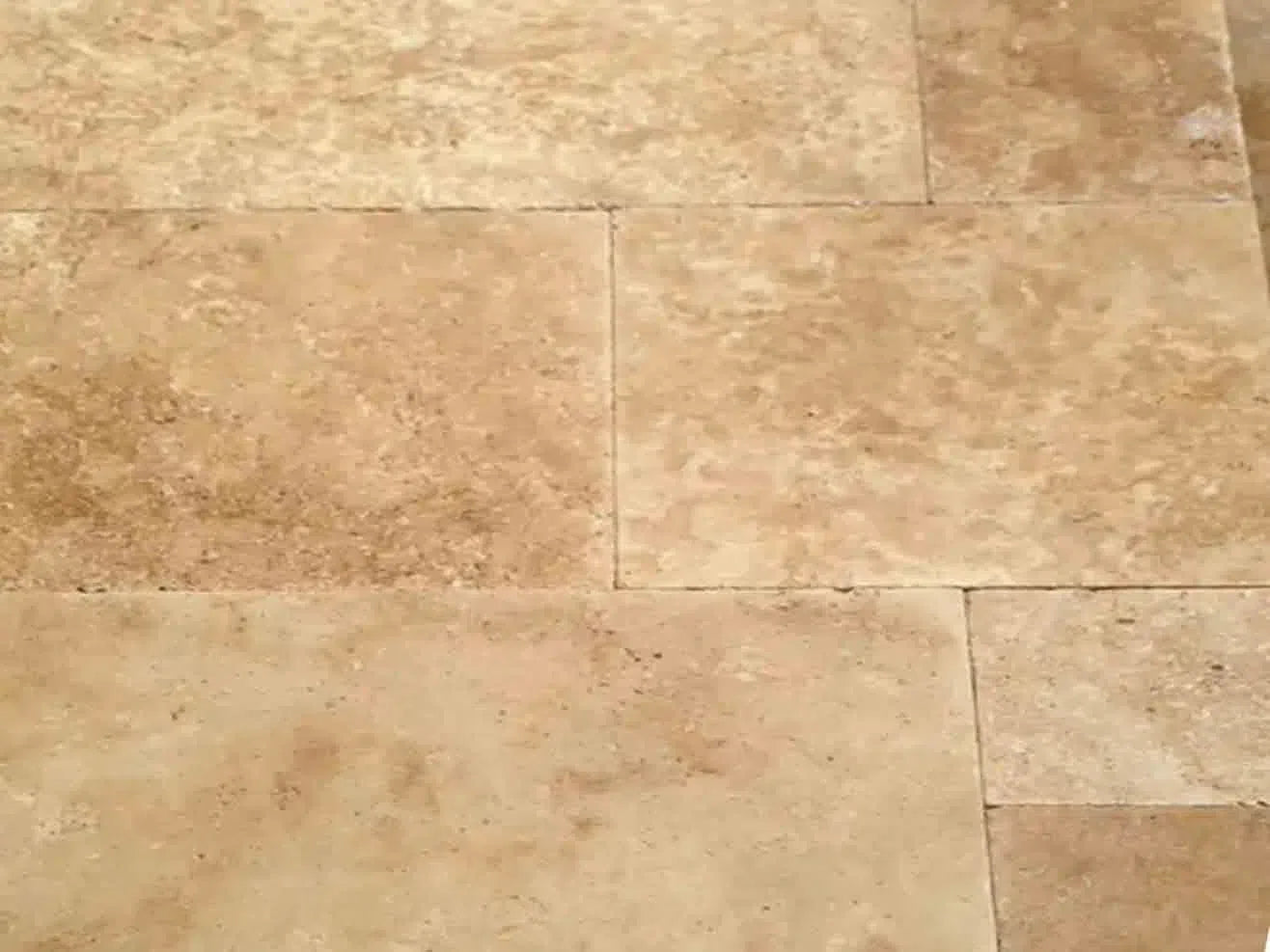 Walnut Travertine
Walnut Travertine
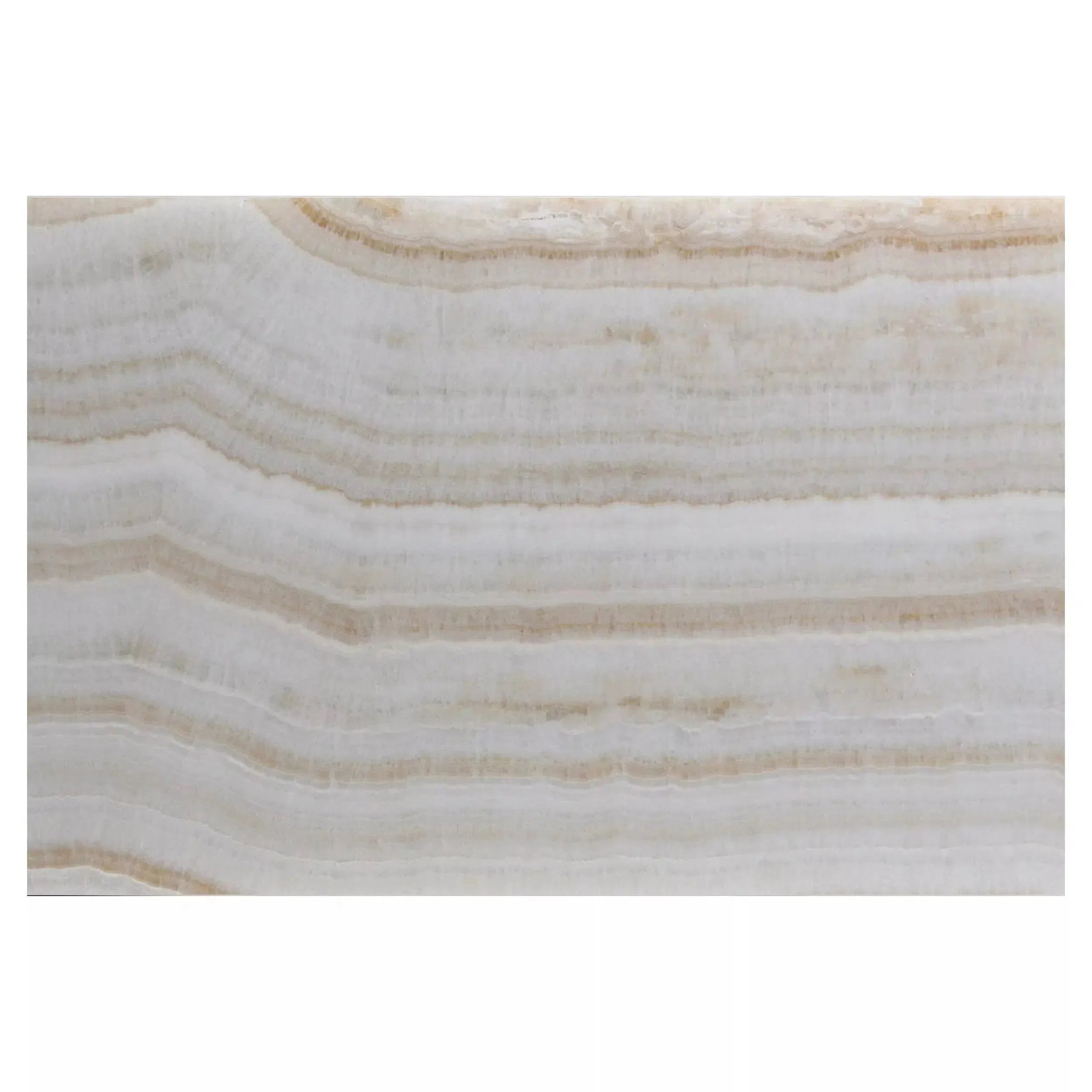 White Onyx Marble
White Onyx Marble
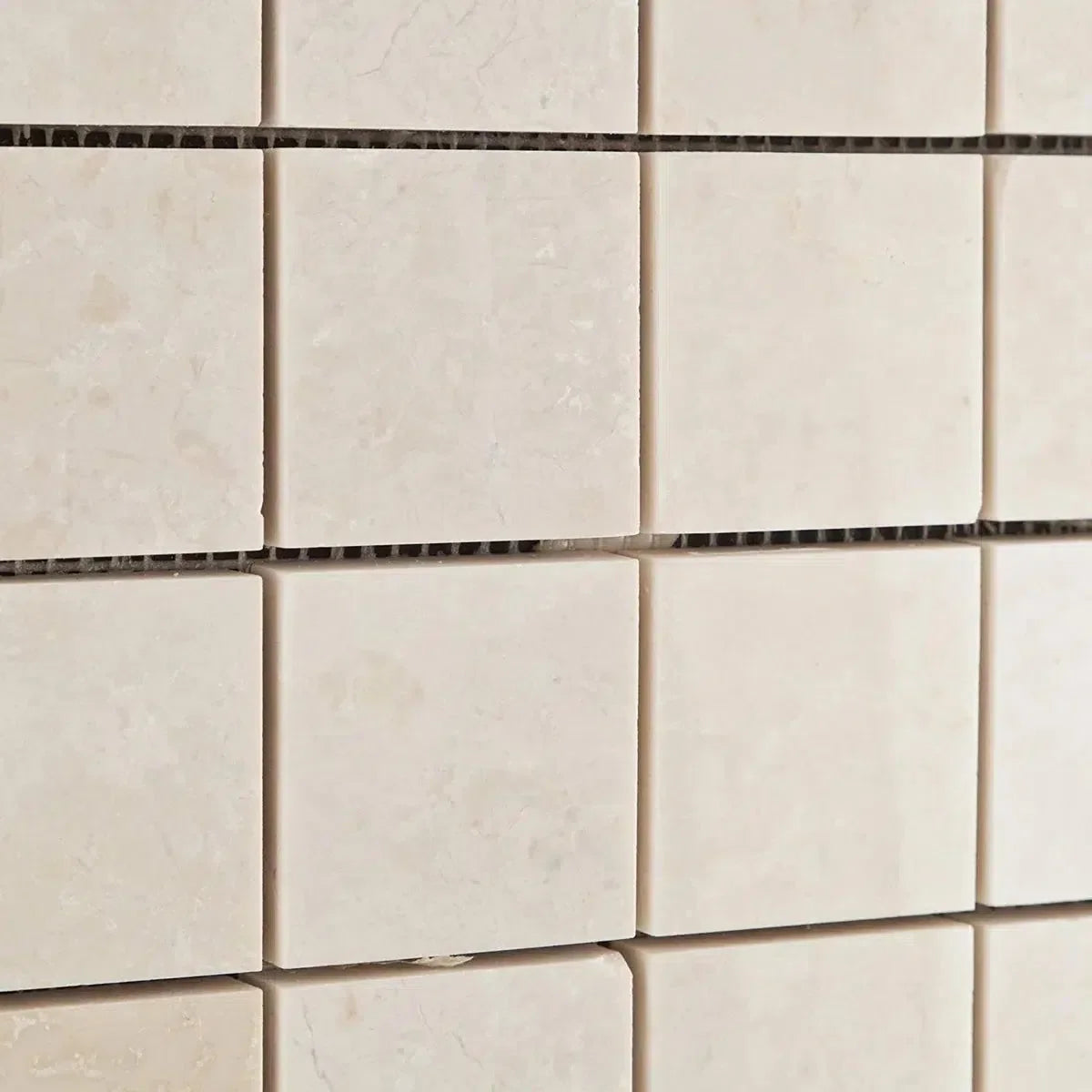 White Pearl/Botticino Beiege Marble
White Pearl/Botticino Beiege Marble
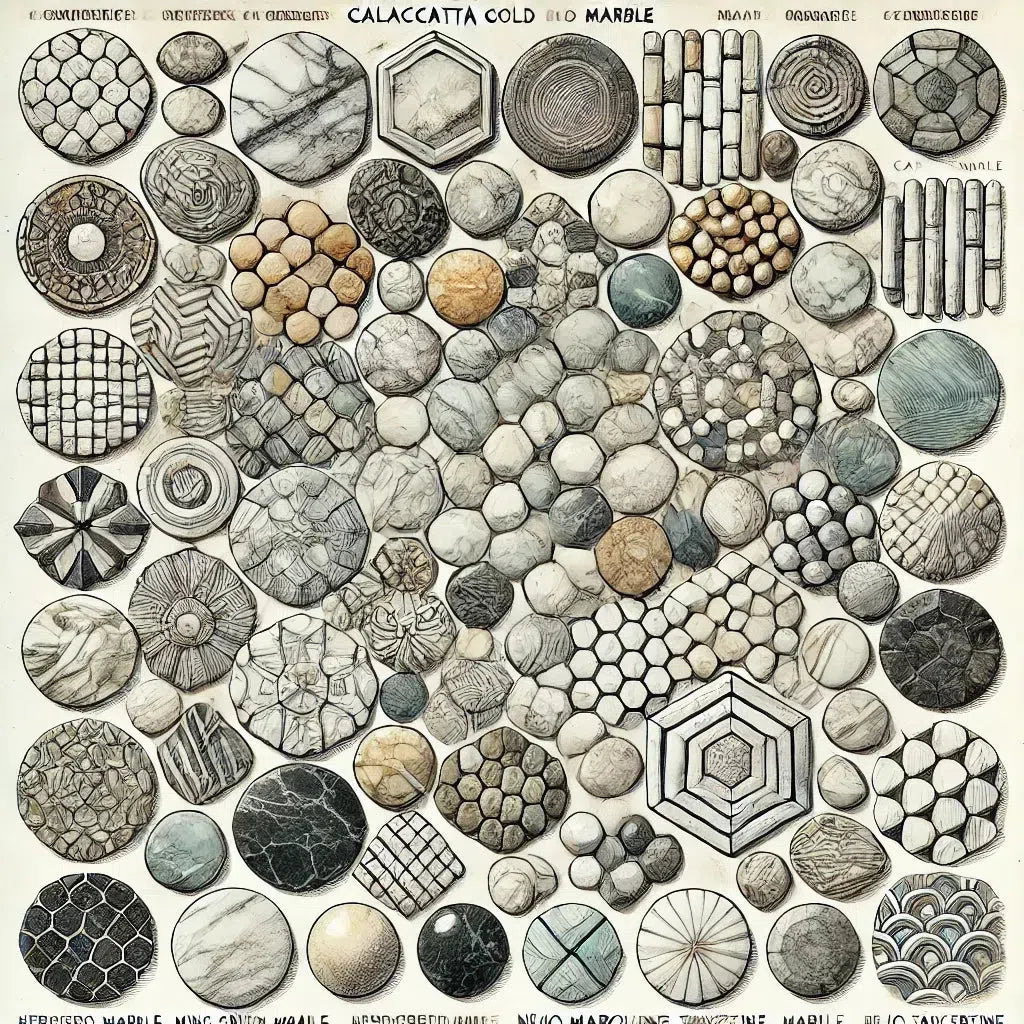 Shop By Type
Shop By Type
 Shop By Finish
Shop By Finish
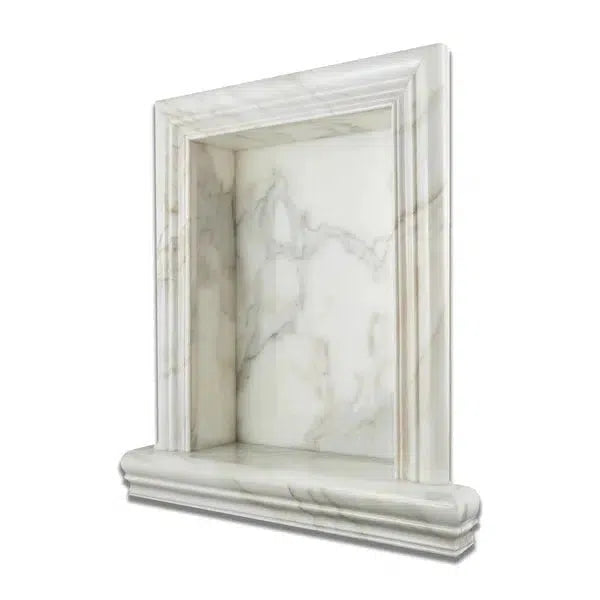 Accessories
Accessories
 Clearance
Clearance

 Best Selling Marble Collections
Best Selling Marble Collections
 Arabescato Corchia
Arabescato Corchia Bardiglio
Bardiglio Bianco Dolomite
Bianco Dolomite  Carrara White
Carrara White  Calacatta Gold
Calacatta Gold Crema Marfil
Crema Marfil Emperador Dark
Emperador Dark Nero Marquina
Nero Marquina Thassos White
Thassos White Best Selling Travertine Collections
Best Selling Travertine Collections
 Ivory Travertine
Ivory Travertine Noce Travertine
Noce Travertine Exotic Noce Travertine
Exotic Noce Travertine Scabos | Autumn Leaves Travertine
Scabos | Autumn Leaves Travertine Silver Travertine
Silver Travertine Exotic Travertine
Exotic Travertine Checkerboard
Checkerboard
 Patterned Tile
Patterned Tile
 Shop By Material
Shop By Material
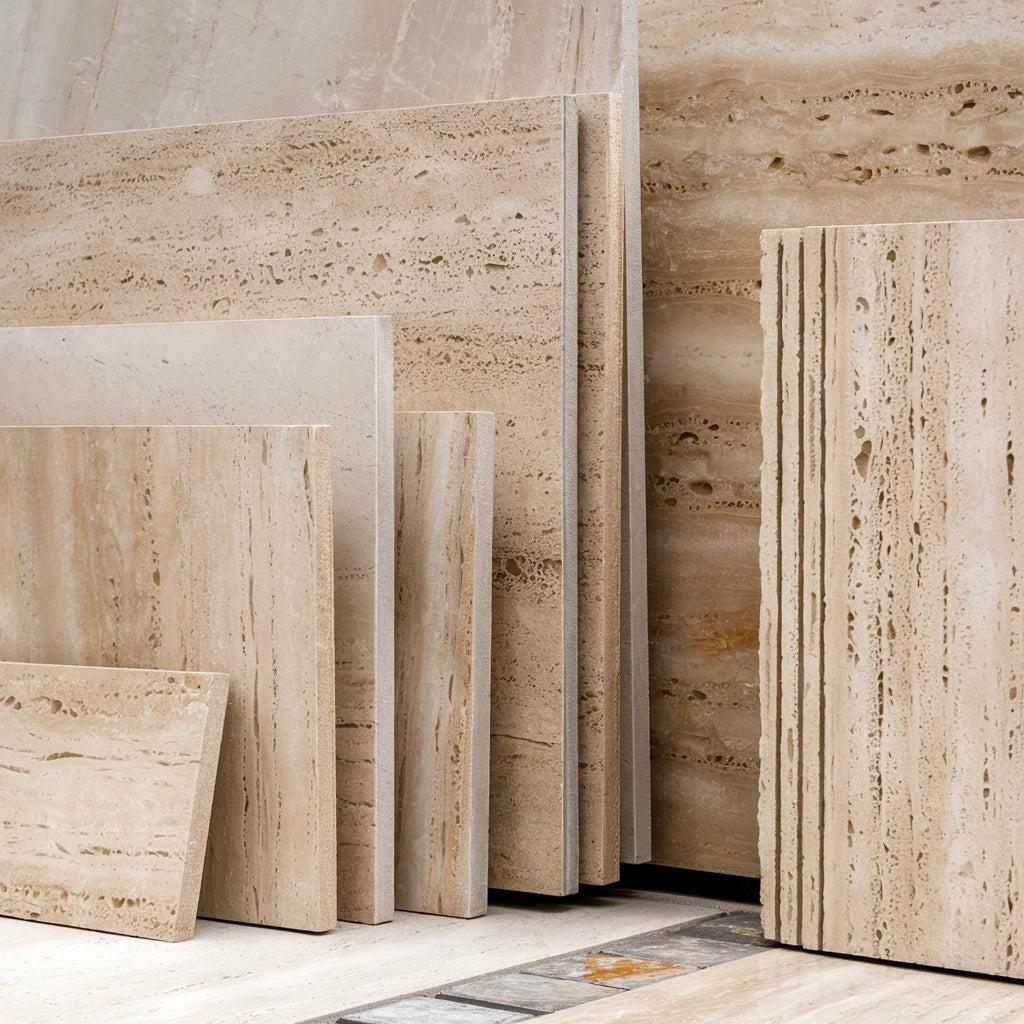 Travertine
Travertine Marble
Marble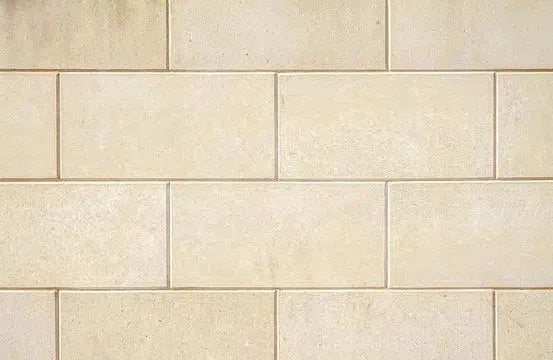 Limestone
Limestone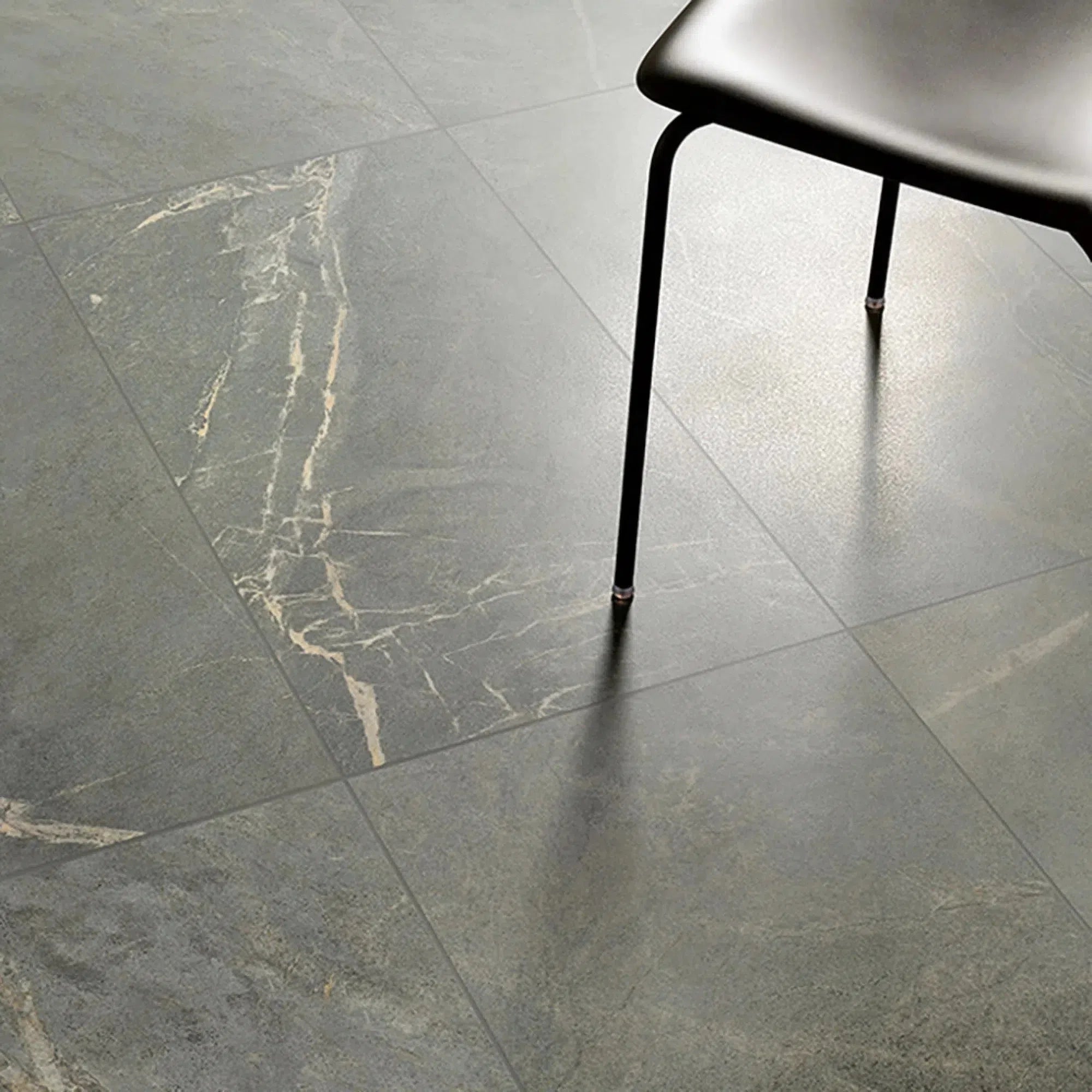 Soap Stone
Soap Stone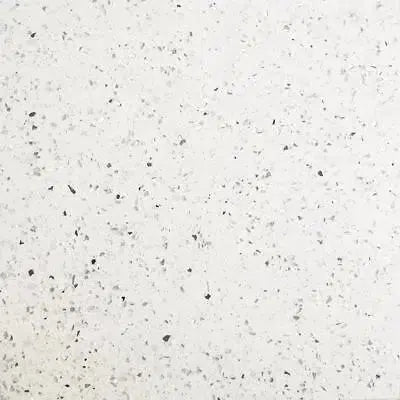 Quartz
Quartz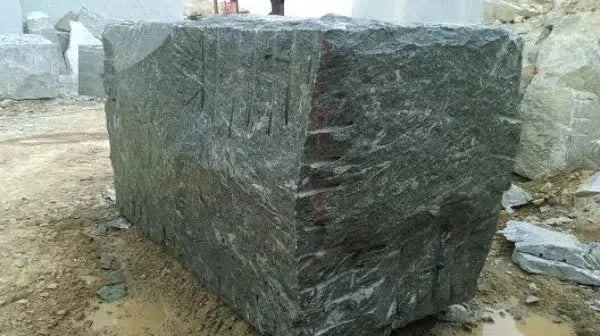 Granite
Granite Shop By Name
Shop By Name
 Absolute Black Granite
Absolute Black Granite Atlantic Gray Marble
Atlantic Gray Marble Antico Onyx Travertine
Antico Onyx Travertine Bianco Congelato Dolomite
Bianco Congelato Dolomite Bianco Venatino (Bianco Mare) Marble
Bianco Venatino (Bianco Mare) Marble Calacatta Oliva Marble
Calacatta Oliva Marble Cappuccino Marble
Cappuccino Marble Custom-Made Mosaic
Custom-Made Mosaic Diano Royal (Queen Beige) Marble
Diano Royal (Queen Beige) Marble Durango Cream Traverine
Durango Cream Traverine Emperador Light Marble
Emperador Light Marble Empress Green Marble
Empress Green Marble Gold/Yellow Travertine
Gold/Yellow Travertine Green Onyx Marble
Green Onyx Marble Haisa Light (White Wood) Limestone
Haisa Light (White Wood) Limestone Honey Onyx Marble
Honey Onyx Marble La Travonya Travertine
La Travonya Travertine Malibu Travertine
Malibu Travertine Ming Green Marble
Ming Green Marble Mink (Equator) Marble
Mink (Equator) Marble Mixed (Ivory-Noce-Gold) Travertine
Mixed (Ivory-Noce-Gold) Travertine Oriental White Marble
Oriental White Marble Pierre Bleue (Pierre Blue) Marble
Pierre Bleue (Pierre Blue) Marble Philadelphia Travertine
Philadelphia Travertine Rosso Levanto Marble
Rosso Levanto Marble Rojo Alicante Marble
Rojo Alicante Marble Sky Blue | Azul Cielo Marble
Sky Blue | Azul Cielo Marble Snow White (Afyon White) Marble
Snow White (Afyon White) Marble Spanish Mix Marble
Spanish Mix Marble Statuary - Statuario White (Italian) Marble
Statuary - Statuario White (Italian) Marble Tundra Gray (Atlantic Gray) Marble
Tundra Gray (Atlantic Gray) Marble Valencia Travertine
Valencia Travertine Valerenga Travertine
Valerenga Travertine Walnut Travertine
Walnut Travertine White Onyx Marble
White Onyx Marble White Pearl/Botticino Beiege Marble
White Pearl/Botticino Beiege Marble Shop By Type
Shop By Type
 Marble Tiles
Marble Tiles Marble Mosaic
Marble Mosaic Travertine Tiles
Travertine Tiles Travertine Mosaic
Travertine Mosaic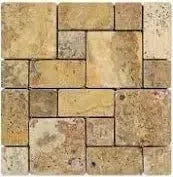 4 pcs Versailles Pattern / French Pattern Set
4 pcs Versailles Pattern / French Pattern Set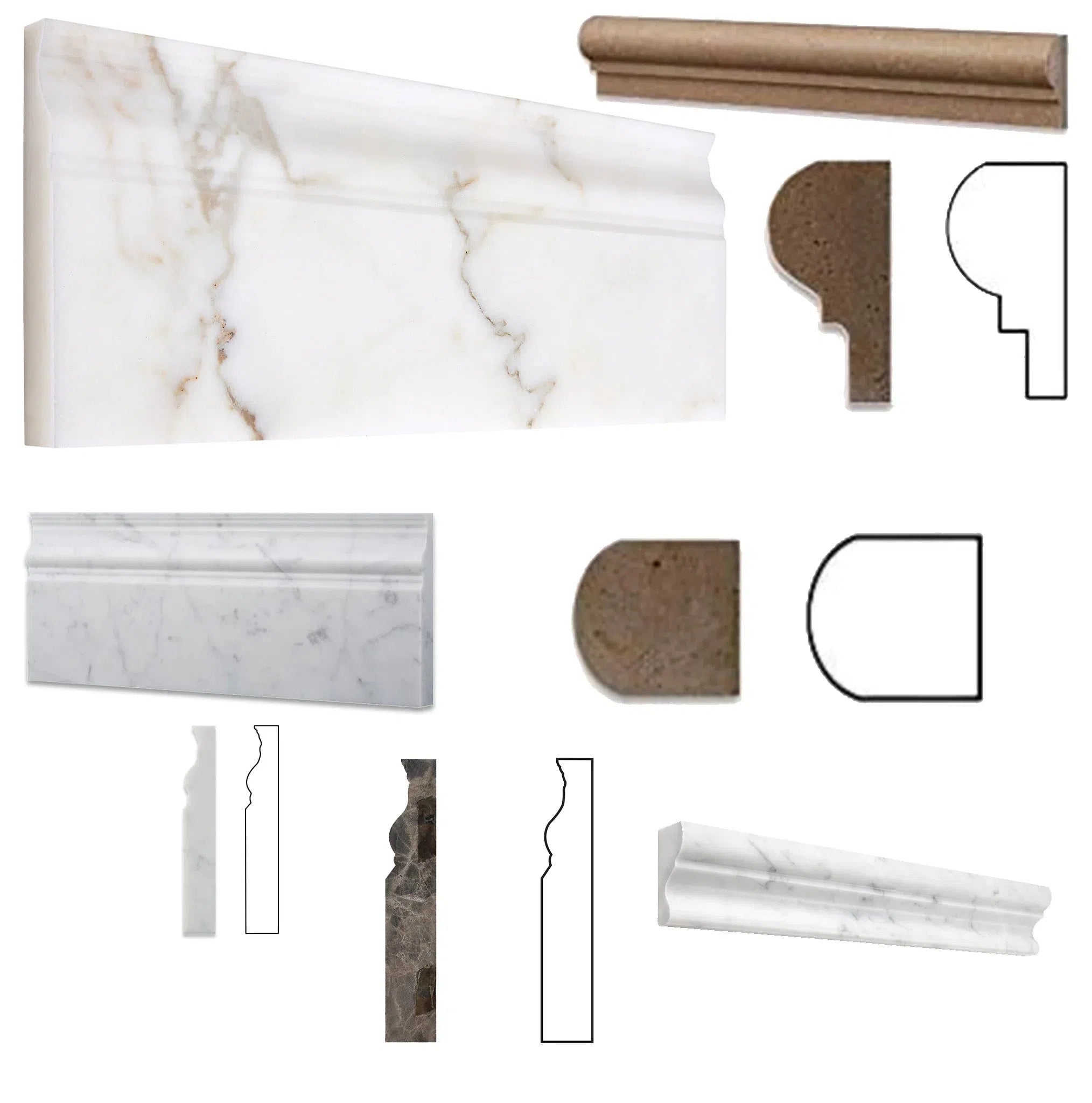 Molding/Trim
Molding/Trim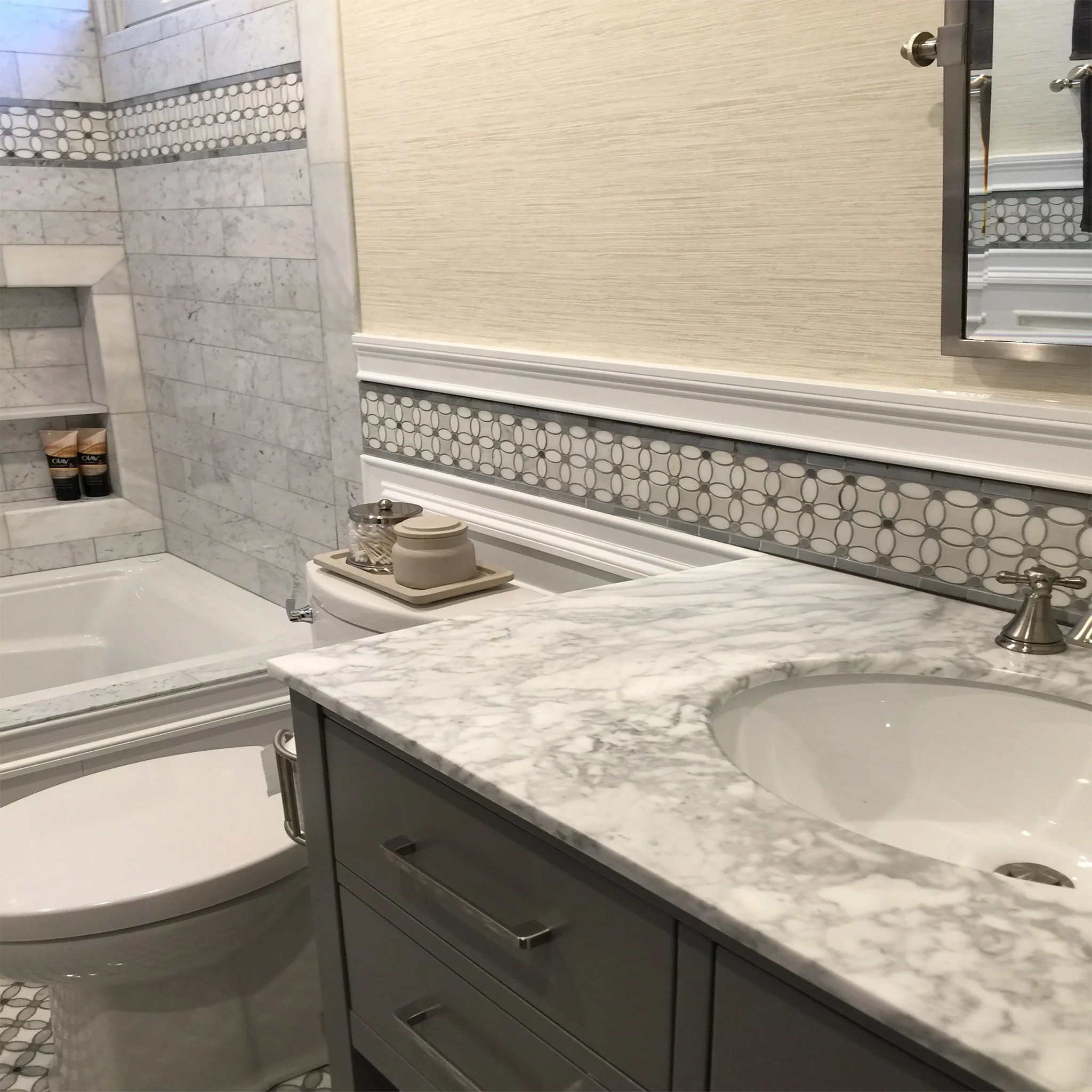 Border/Listello
Border/Listello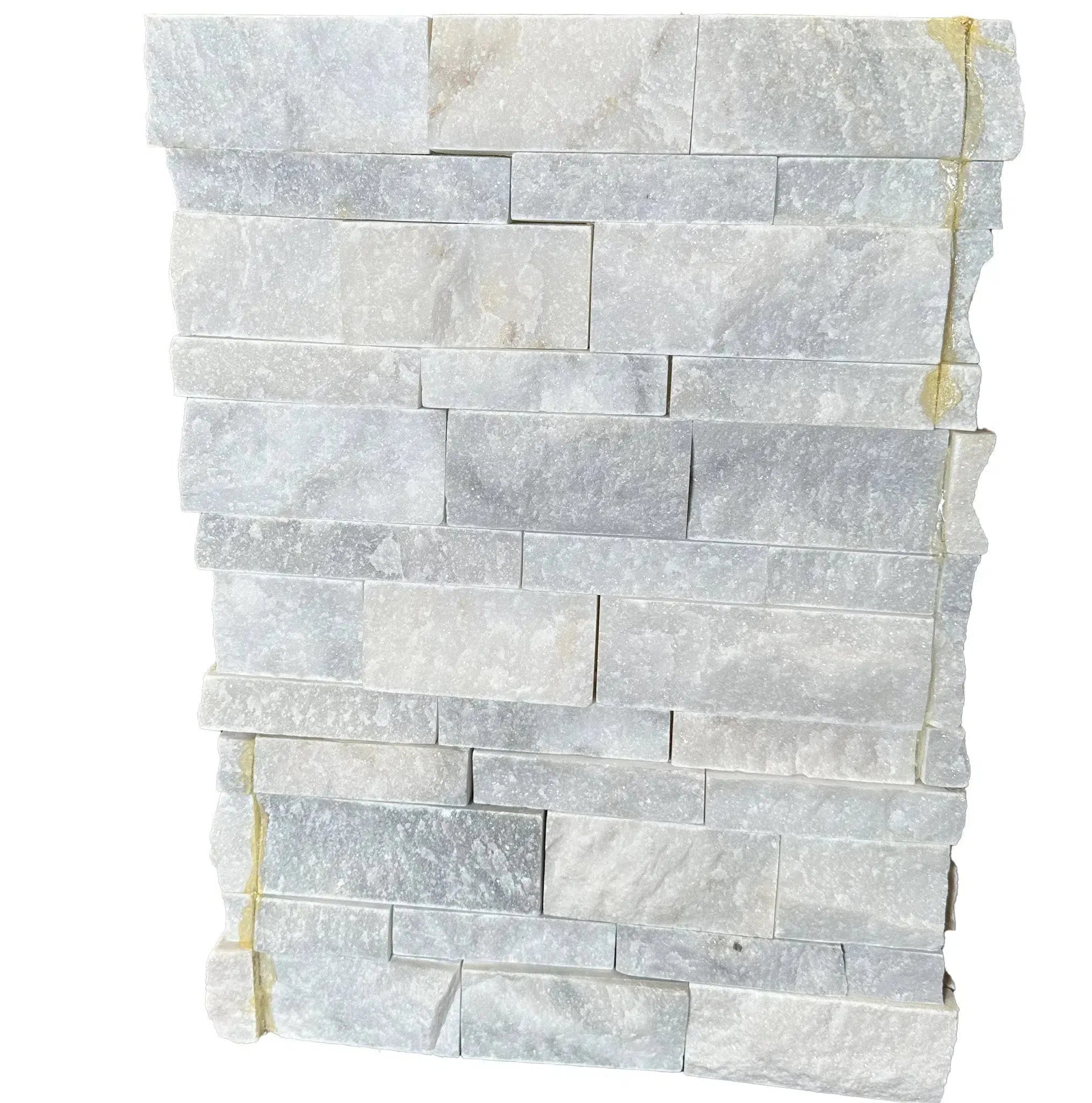 Ledger-Panel
Ledger-Panel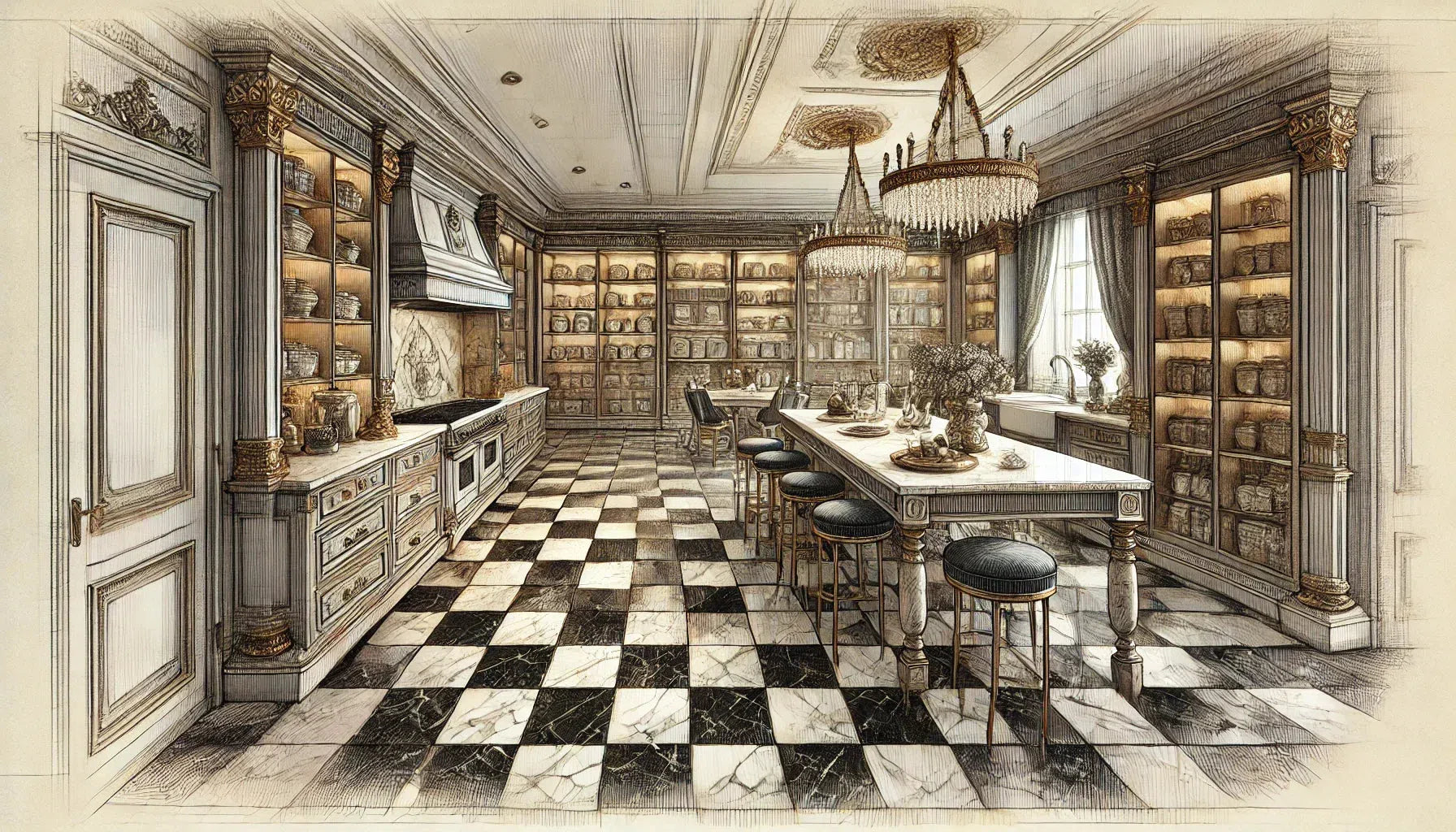 Checkerboard
Checkerboard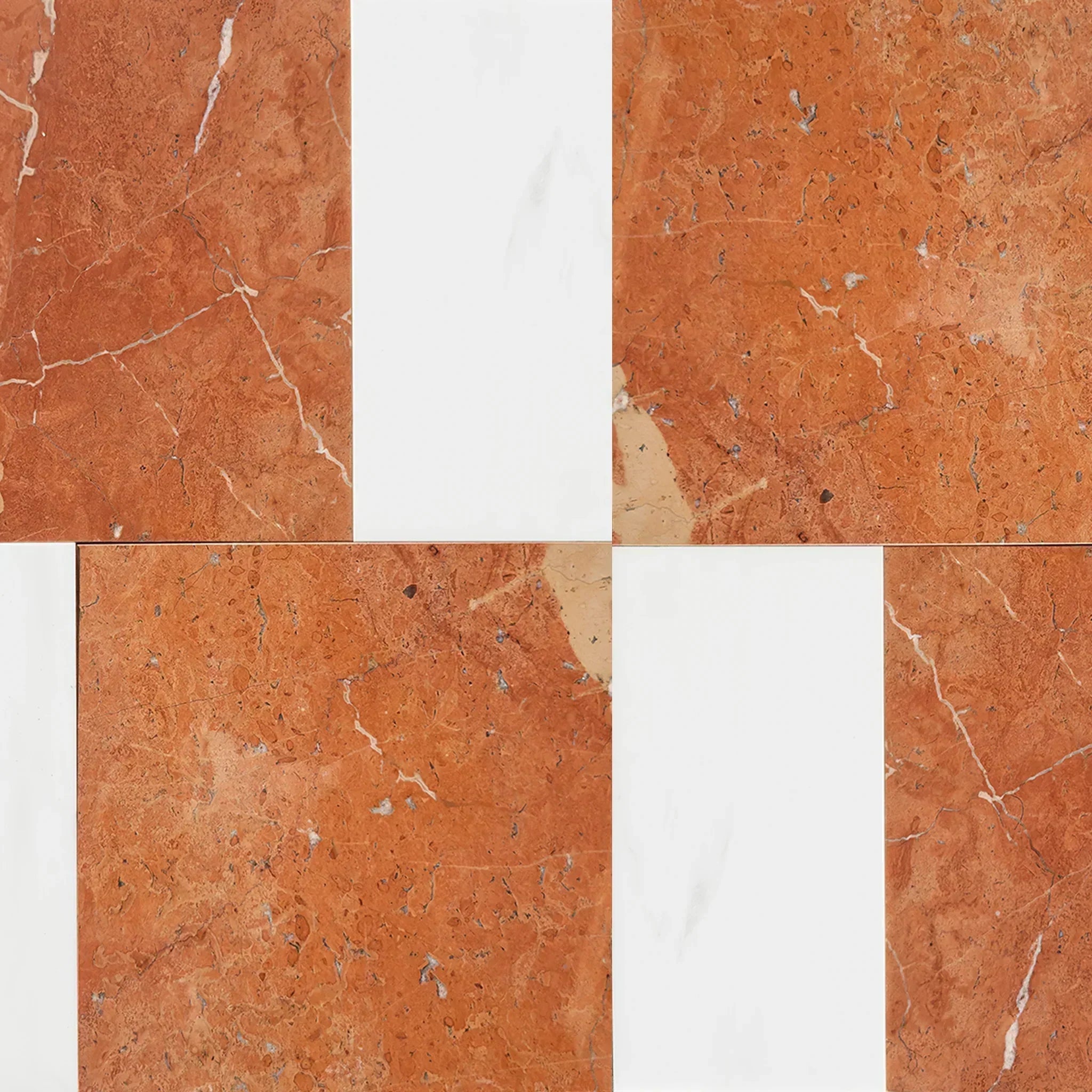 Patterned Tile Collection
Patterned Tile Collection  Shop By Finish
Shop By Finish
 Polished
Polished Honed
Honed Brushed
Brushed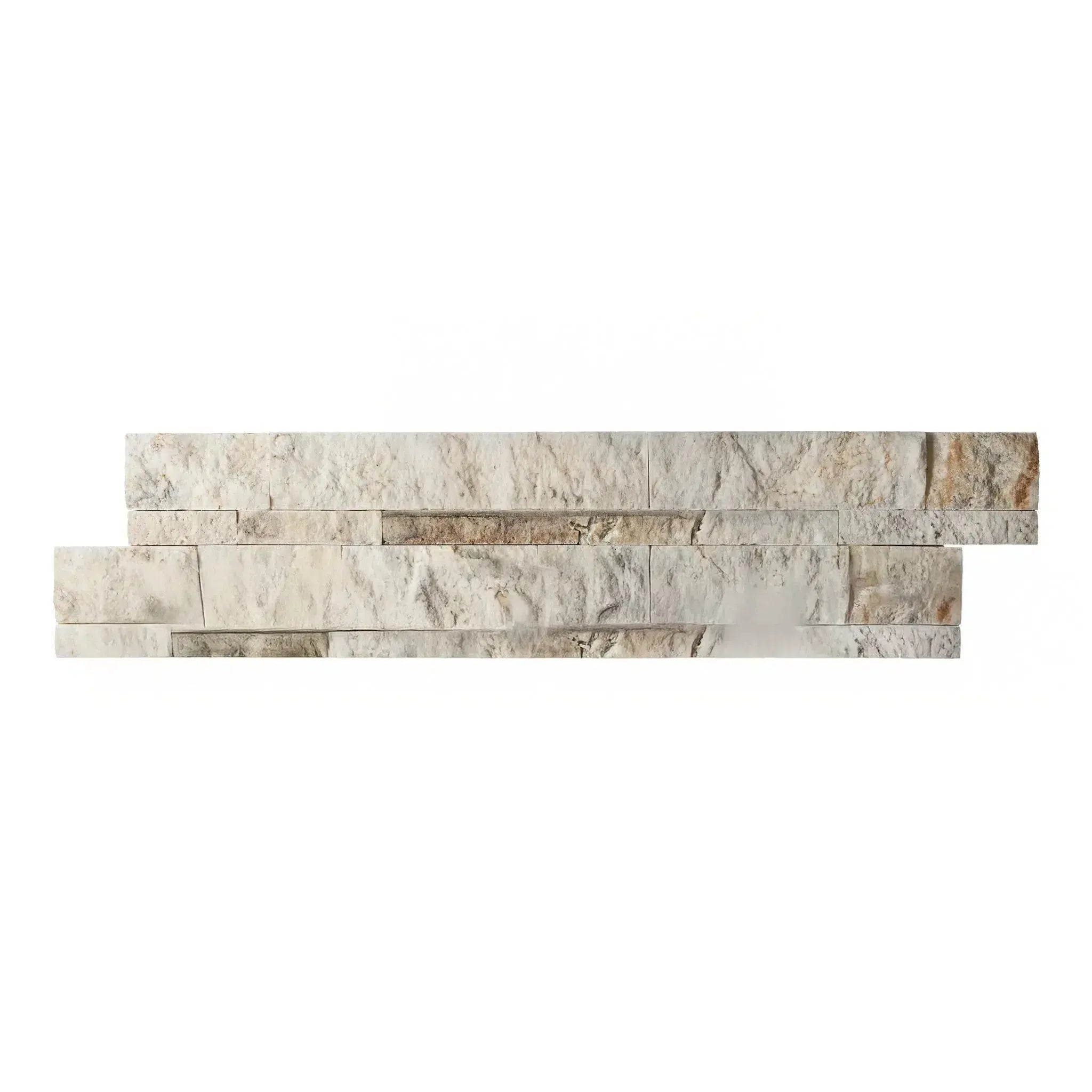 Split Face
Split Face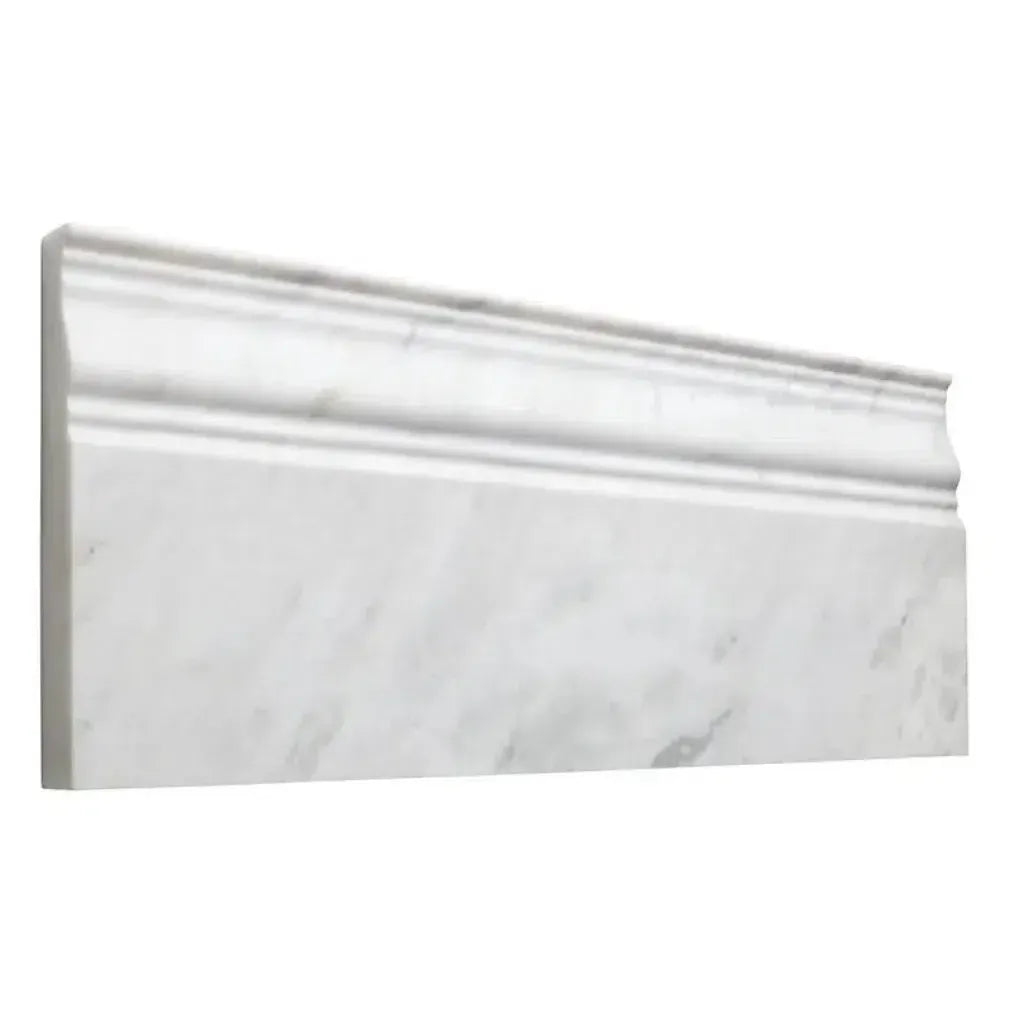 Textured
Textured Tumbled
Tumbled Accessories
Accessories
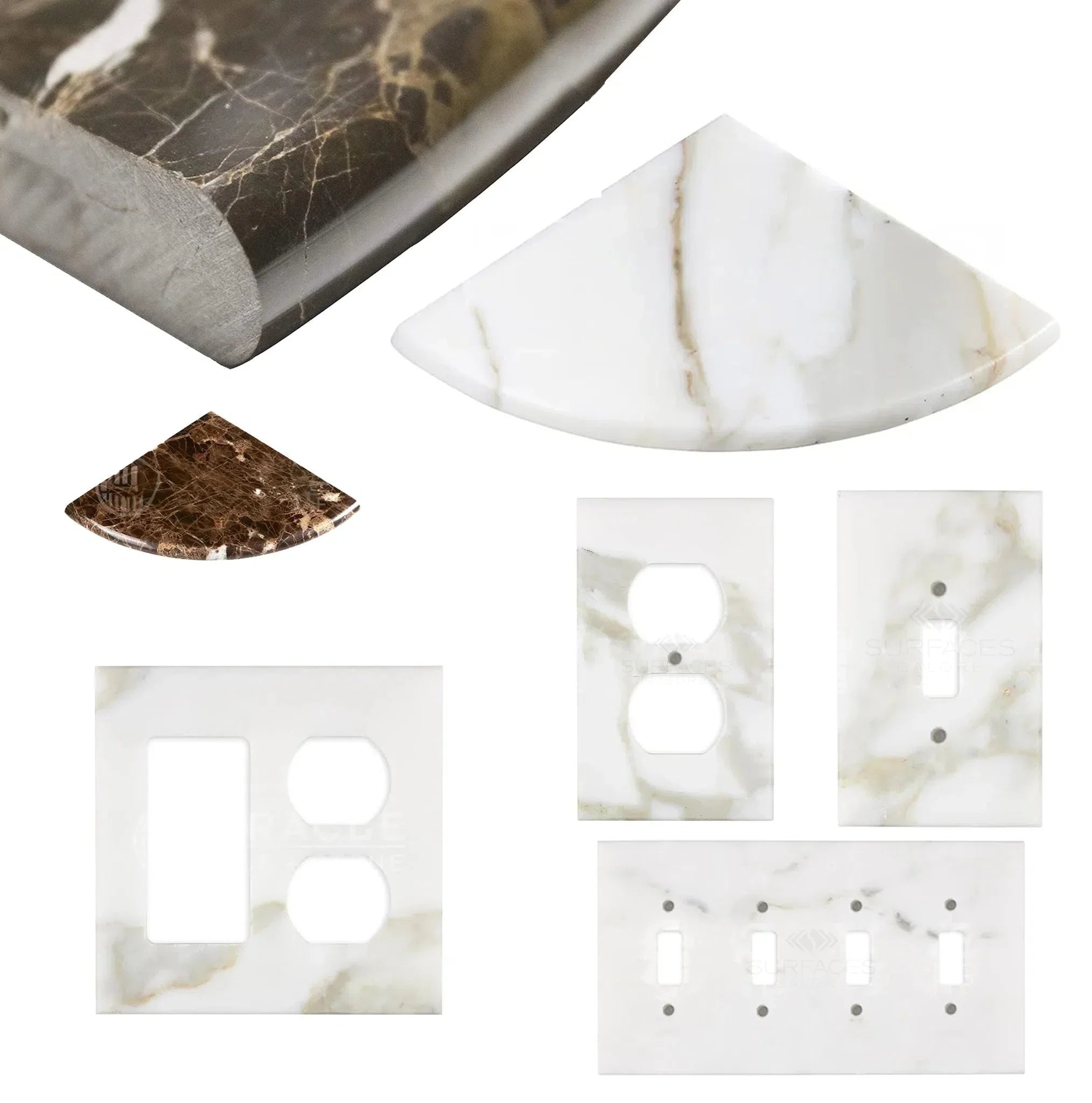 Wall Plate / Switch Plate
Wall Plate / Switch Plate Shampoo Niche
Shampoo Niche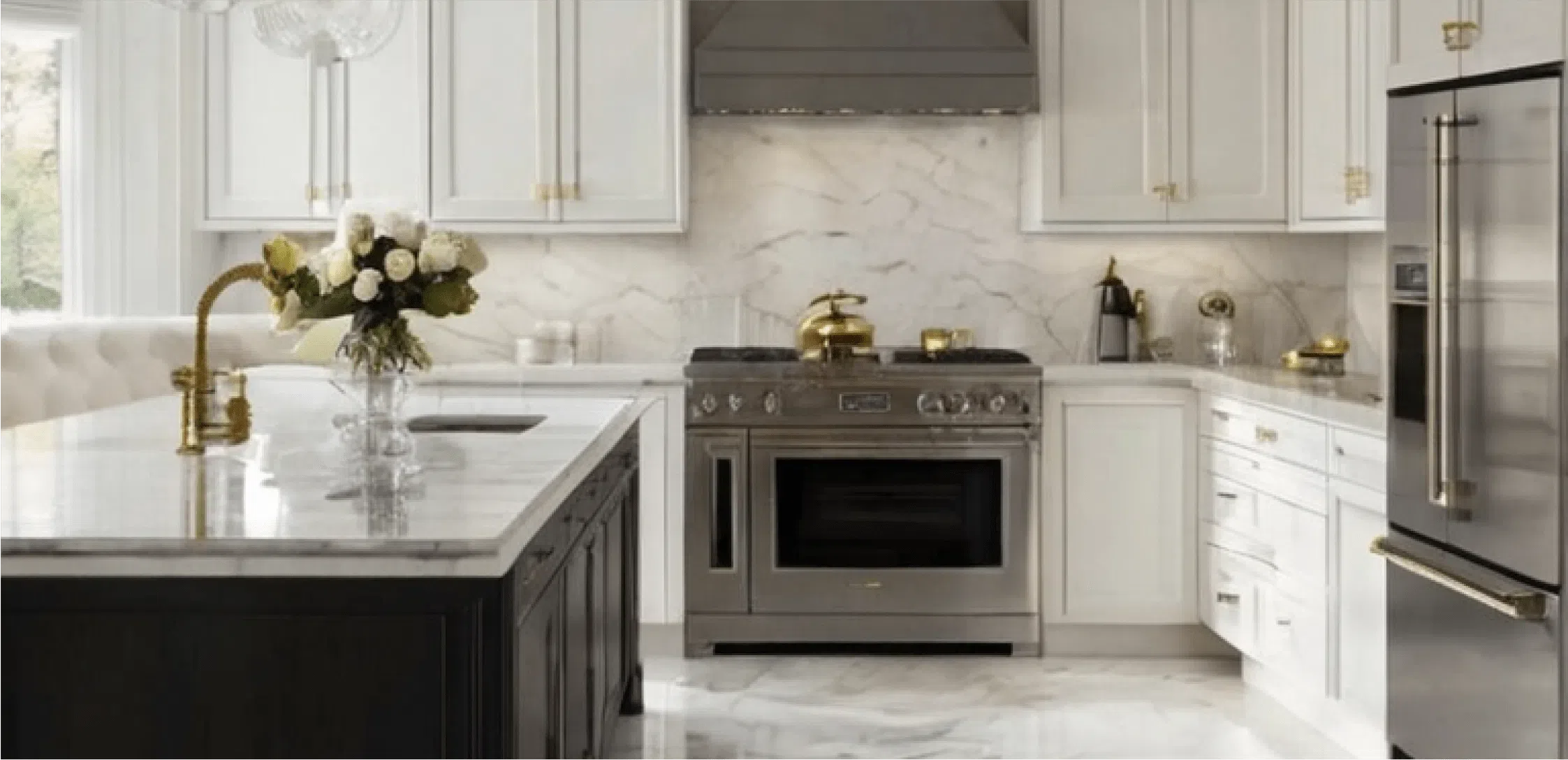 Corner Shelf
Corner Shelf Clearance
Clearance








